Amazing ruins where Mother Nature ran riot
The places where nature rules
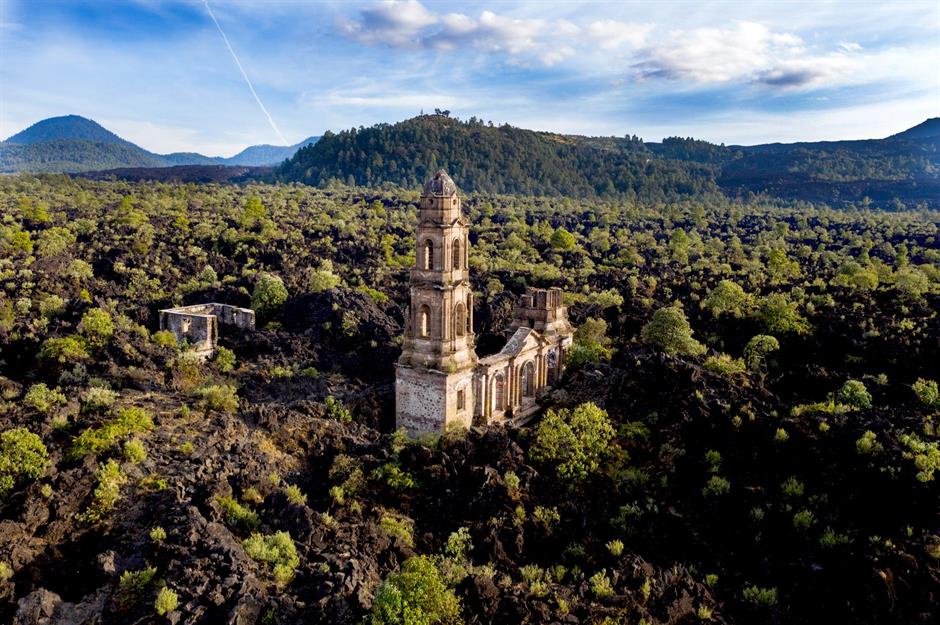
From prehistoric settlements and wonders of the ancient world to classical palaces and entire cities, some of the planet’s most amazing sights haven fallen victim to the forces of nature. Many were beaten into oblivion by severe weather and others were simply abandoned by their human inhabitants, allowing nature to run its course.
Click through this gallery to discover some of the world's most fascinating spots, all but forgotten by mankind, but ravaged by Mother Nature...
Poenari Castle, Romania
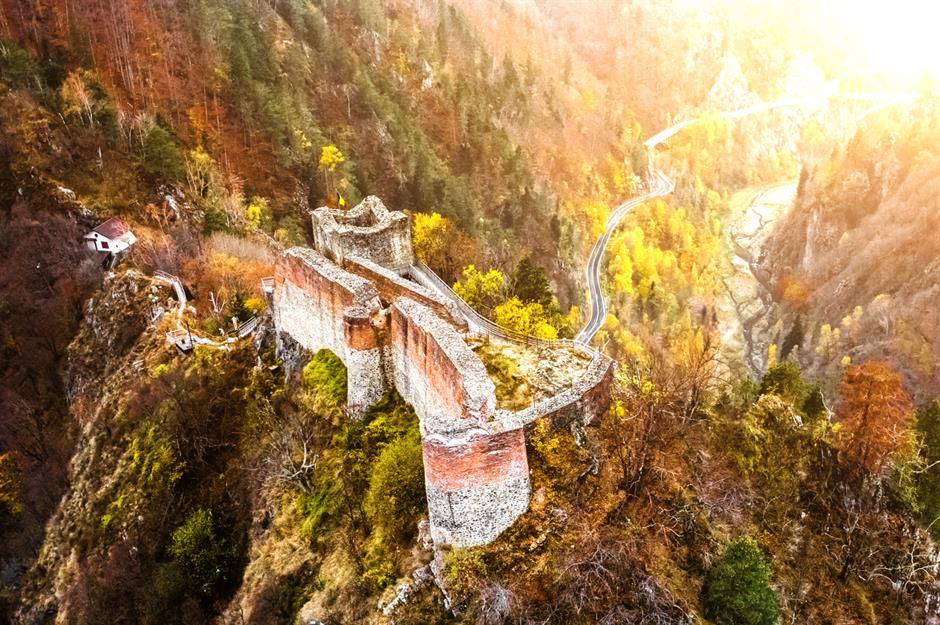
Poenari Castle, Romania
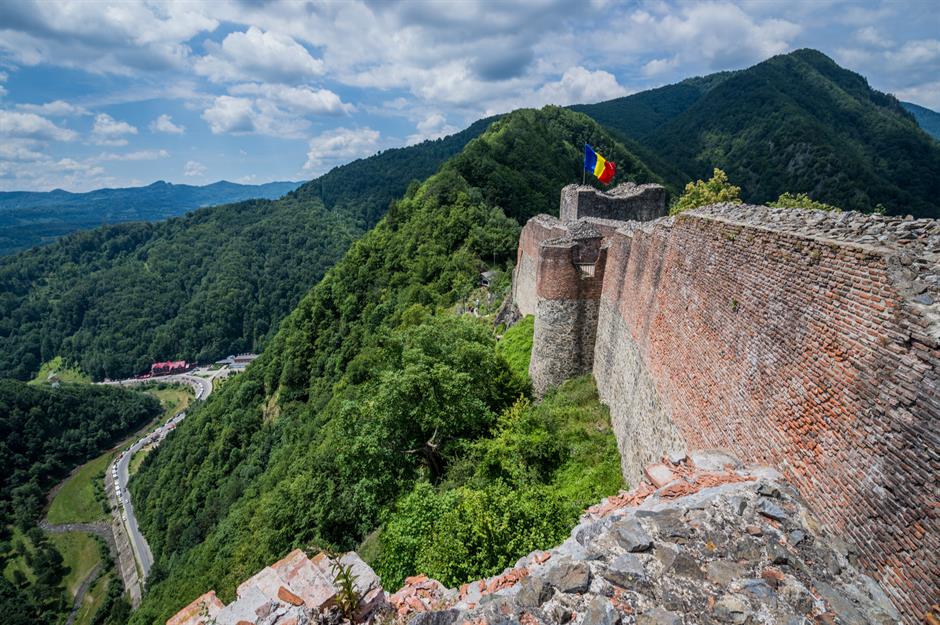
Bankhead ghost town, Canada
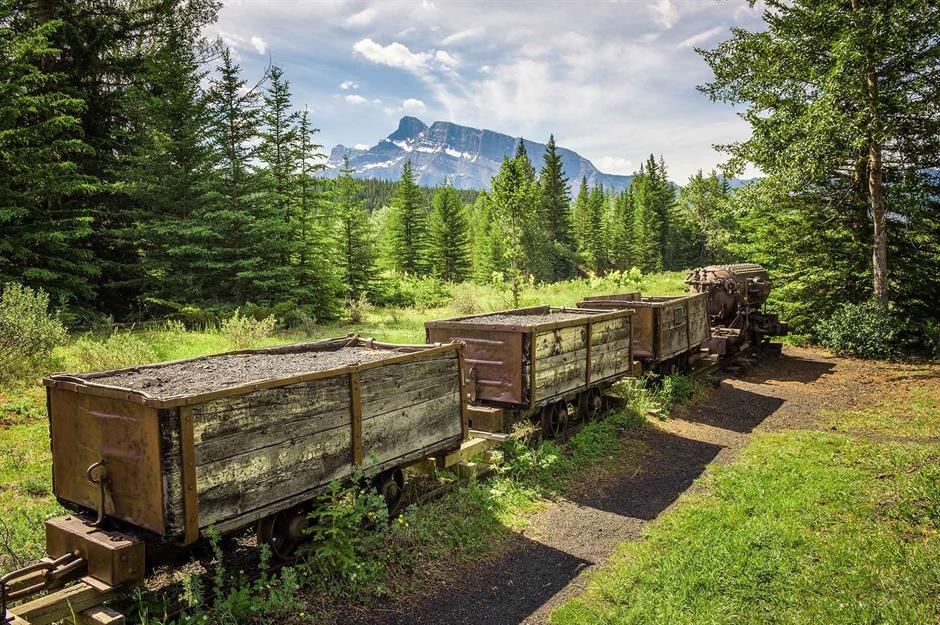
Bankhead ghost town, Canada

The coal deposits were difficult to access, and the fuel that could be mined was brittle and unfit for purpose. Industrial strikes put the final nail in Bankhead’s coffin, and the mine eventually closed in the 1920s. Today an interpretive trail winds through the settlement's remains, and you can see a rusting old mine train and plaques among the wilderness. There are also exhibitions in the historic transformer building.
Love this? Follow us on Facebook for travel inspiration and more
Eduard Bohlen shipwreck, Namibia
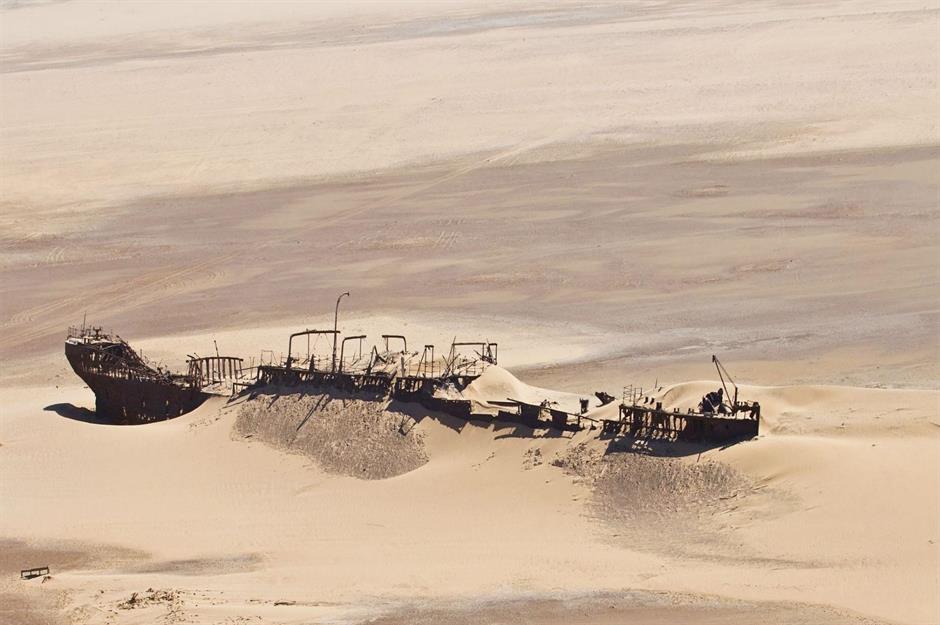
Namibia has little shortage of haunting shipwrecks, with hundreds of them scattered along the country’s sparse Skeleton Coast. One of the most striking is Eduard Bohlen, a German cargo ship that ran aground in the early 20th century on its way from Swakopmund to South Africa’s Table Bay.
Eduard Bohlen shipwreck, Namibia
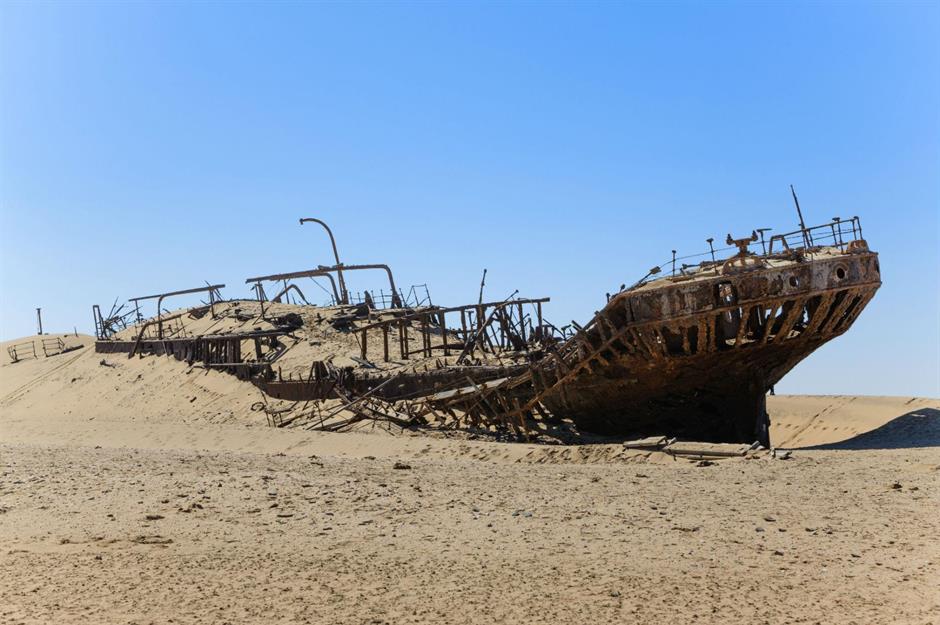
It’s thought that a thick fog forced this fated vessel off course, and today it lies about a quarter of a mile (400m) from the shore, almost completely swallowed by sand. The ship is now the domain of adventurous travellers and wildlife such as the occasional jackal, and one of the best ways to see it is from the air.
More amazing pictures of the world's most extraordinary shipwrecks
Town of Spectre, USA
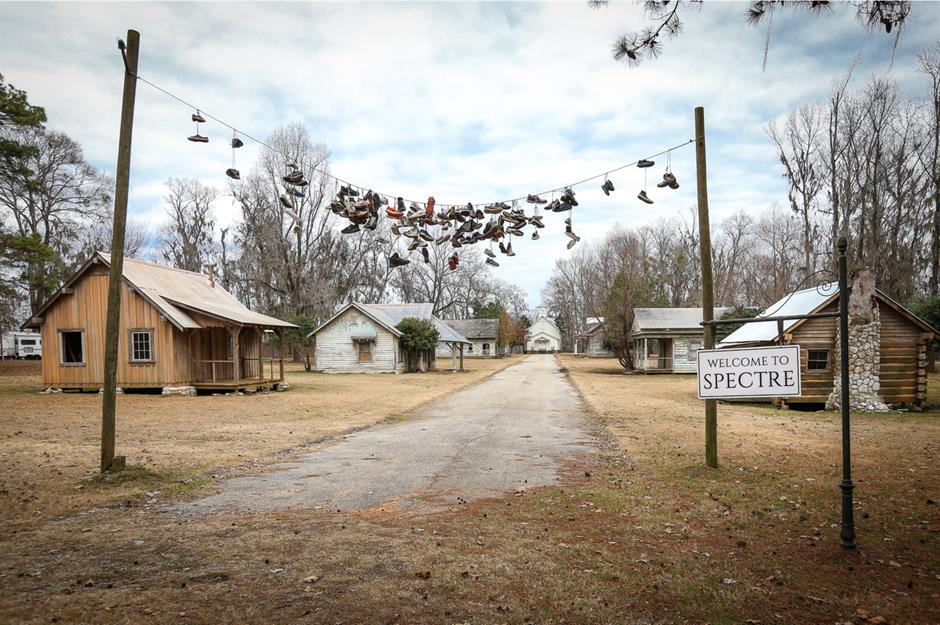
On Jackson Lake Island in Millbrook, Alabama, you’ll find the curious town of Spectre, a decaying settlement that was actually built as a movie set. It was erected for 2003 fantasy film Big Fish, which was directed by Tim Burton and sees protagonist Will Bloom embark on adventures inspired by his late father’s whimsical tales.
Town of Spectre, USA
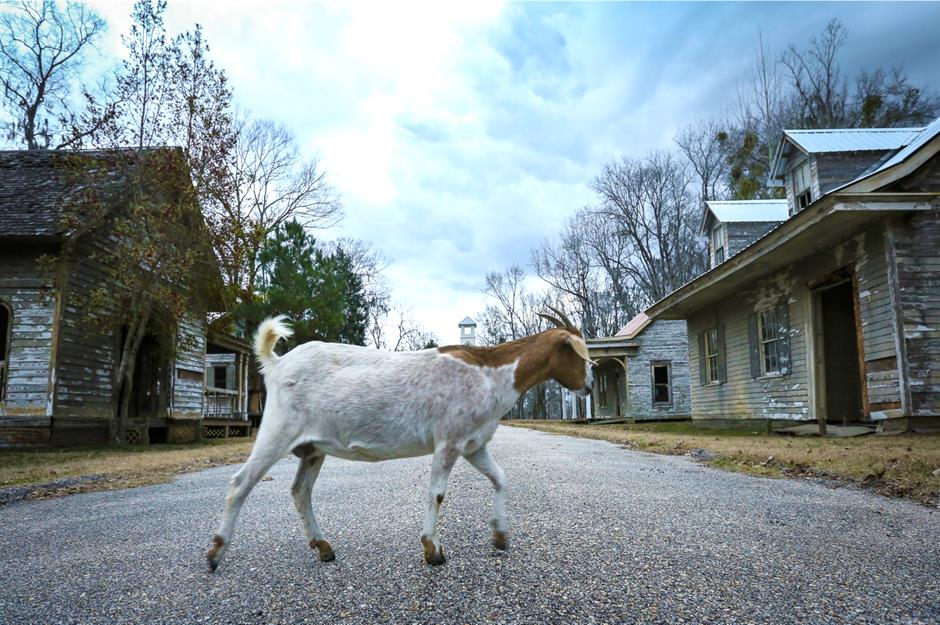
Craco, Italy
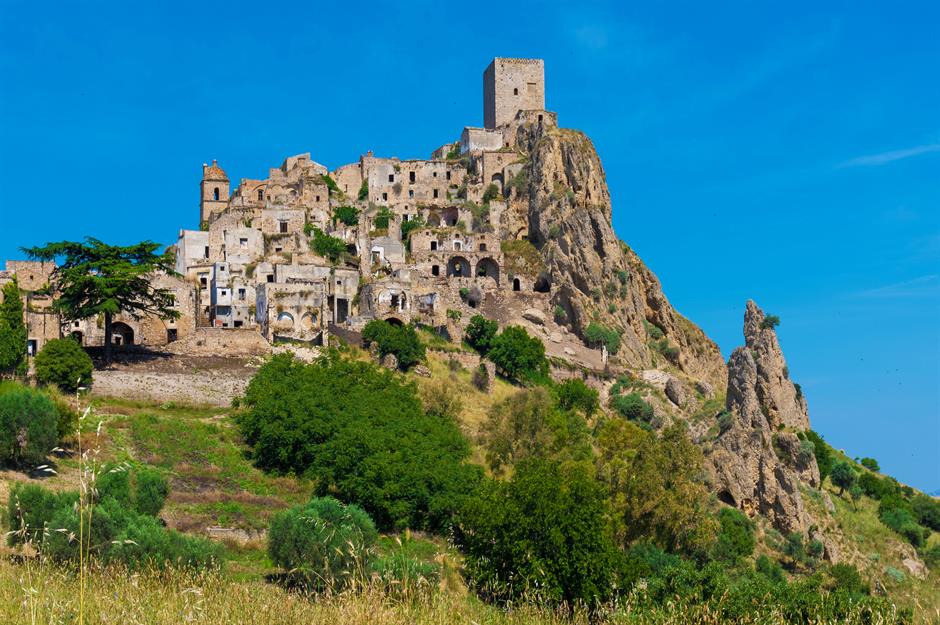
Craco, Italy

Now greenery sprouts from crumbling brick and Craco’s cobbled streets sit deserted save for visitors on guided tours. The ghost town has also been used as a set for movies including 2008 James Bond blockbuster Quantum of Solace.
Villers Abbey, Belgium
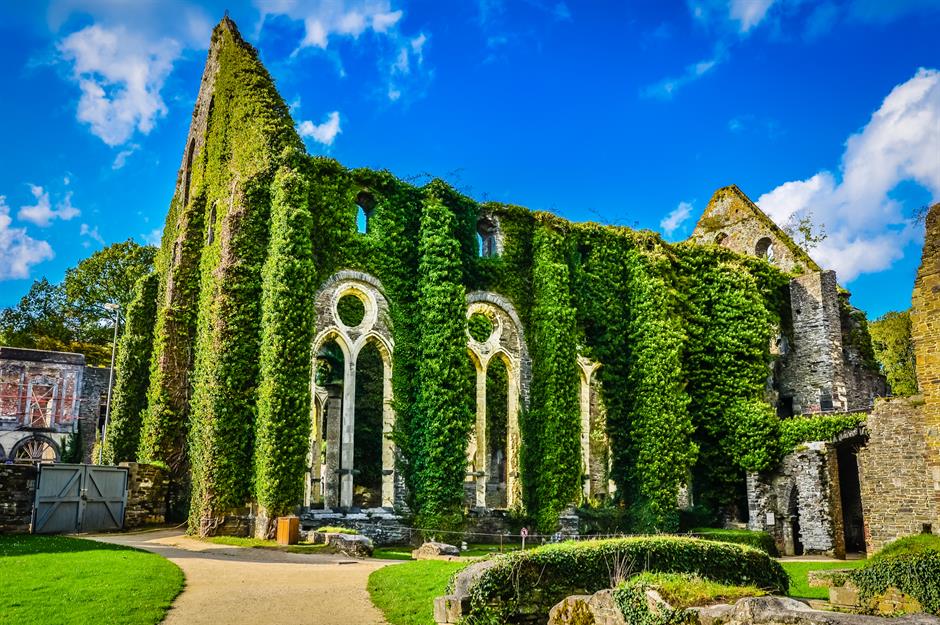
Villers Abbey, Belgium
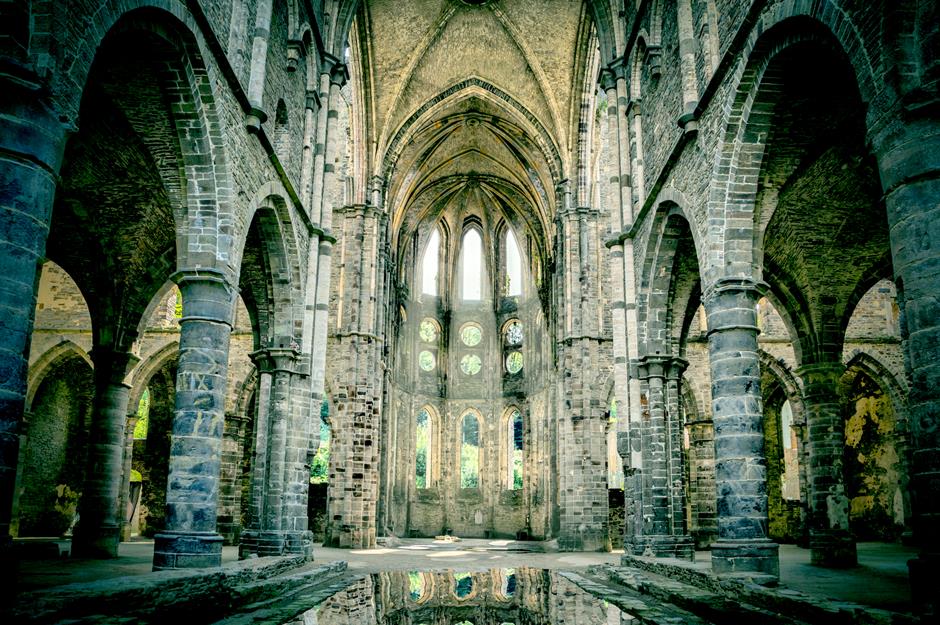
Valle dei Mulini, Italy
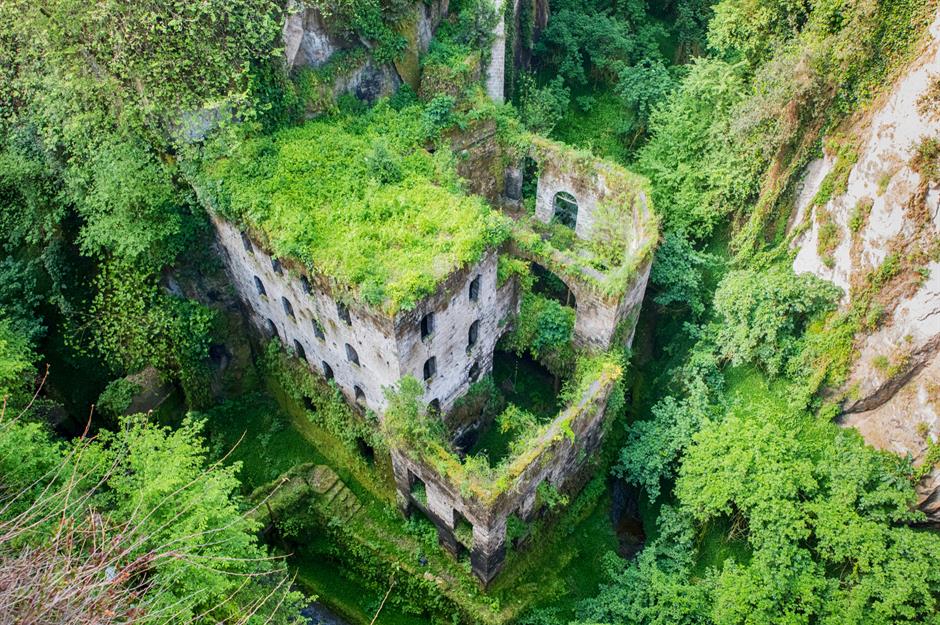
Valle dei Mulini, Italy

St. Nicholas Fortress, Croatia

St. Nicholas Fortress, Croatia
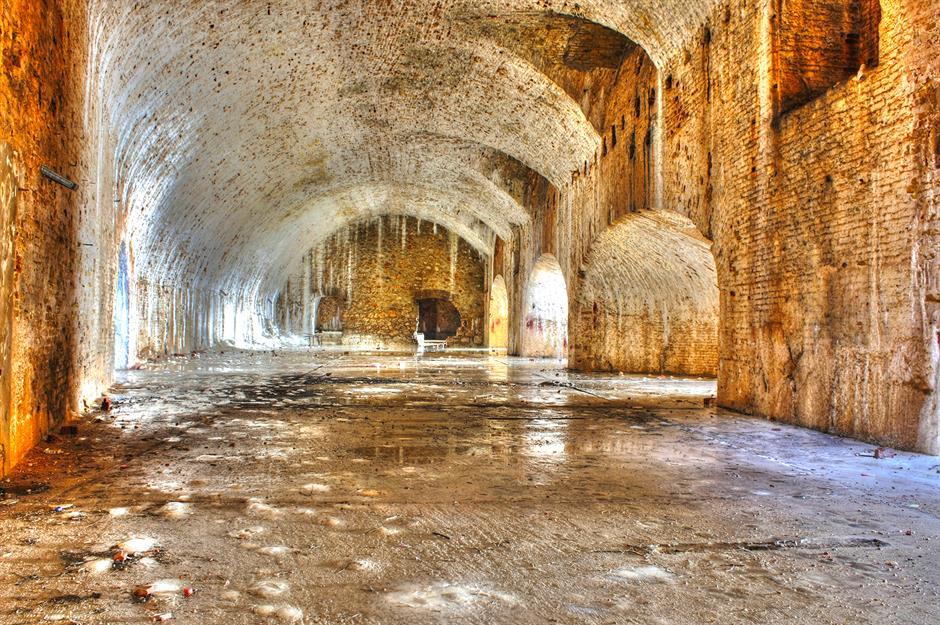
Today, determined greenery and battering waves are the only invaders of the fort's stalwart walls, which remain in remarkable condition. St. Nicholas earned a place on the UNESCO World Heritage list in 2017, and you can now visit it on a boat tour organised by the Public Institution for Nature of Šibenik-Knin County.
Ha Ha Tonka State Park castle, USA
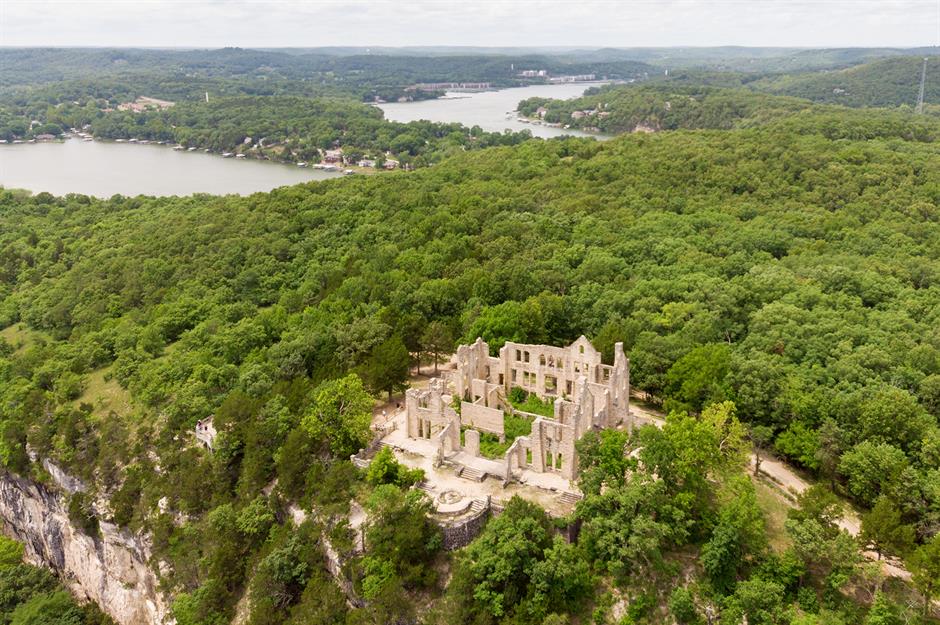
Ha Ha Tonka State Park castle, USA
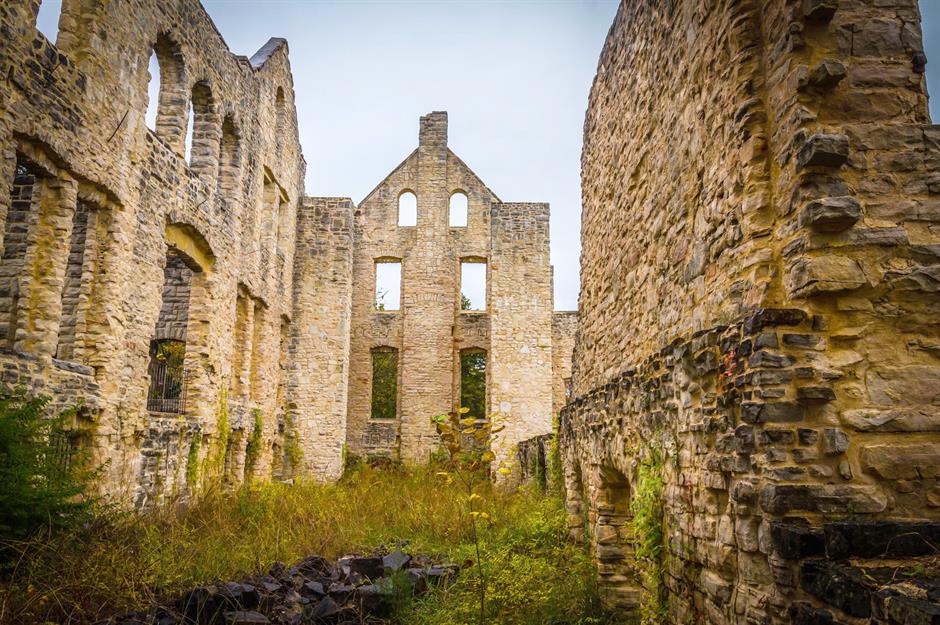
The fire completely gutted the property and it soon fell into the clutches of Mother Nature. Over the years, the castle has been devoured by greenery, with trees populating the empty 'rooms', vines replacing paintings and grass growing where there were once fine carpets. The ruins are now protected as part of Ha Ha Tonka State Park and visitors can see them on an independent hike.
Discover the eeriest abandoned attraction in every state and DC
Belchite, Spain

Belchite, Spain
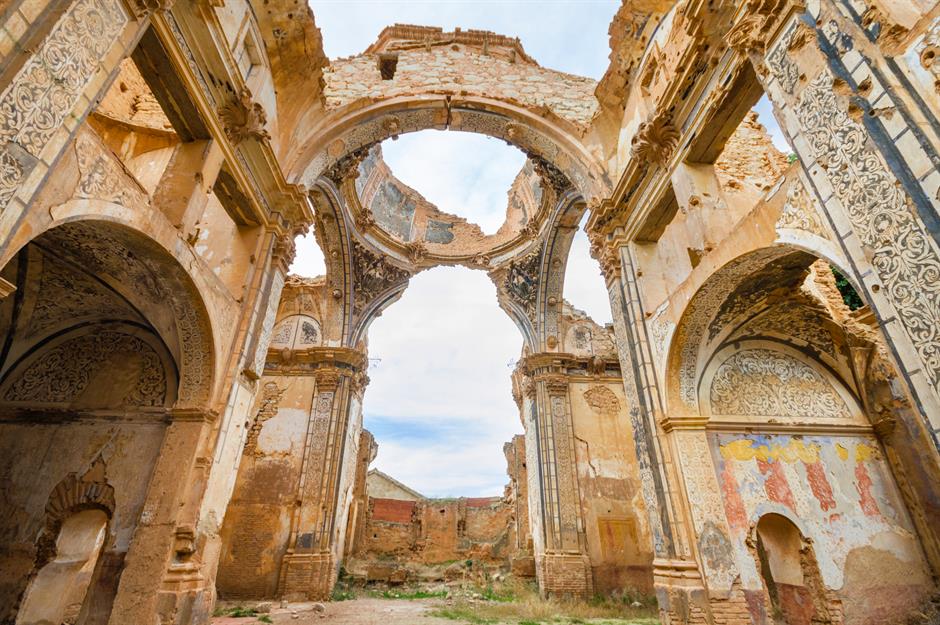
Ross Island, India
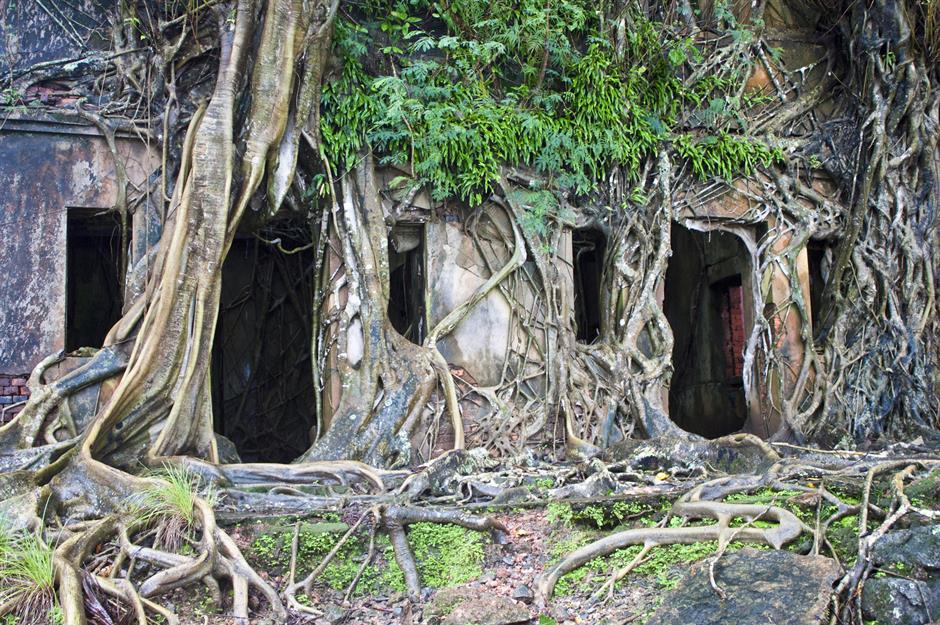
Ross Island, India
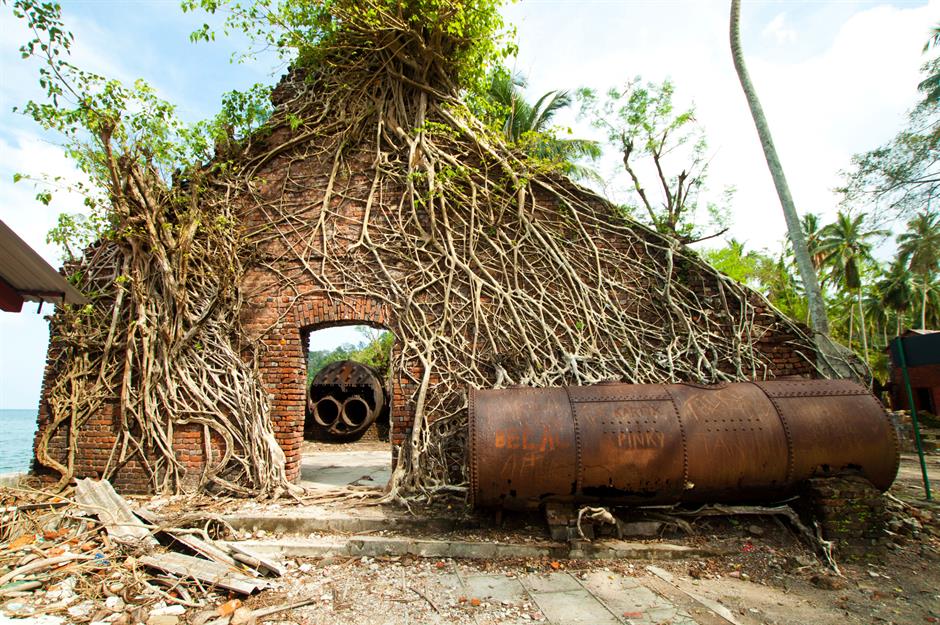
SS Ayrfield, Australia
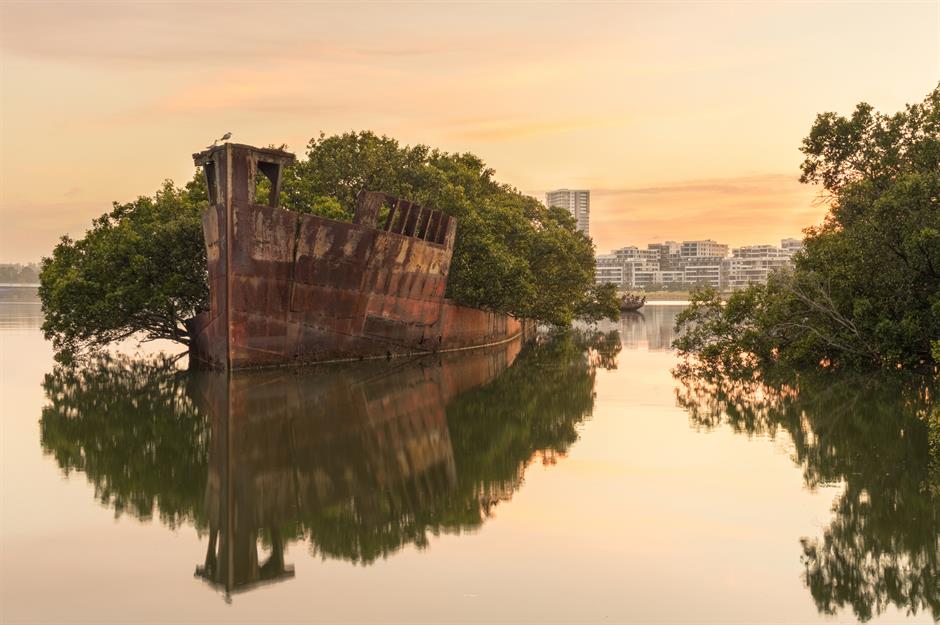
SS Ayrfield, Australia
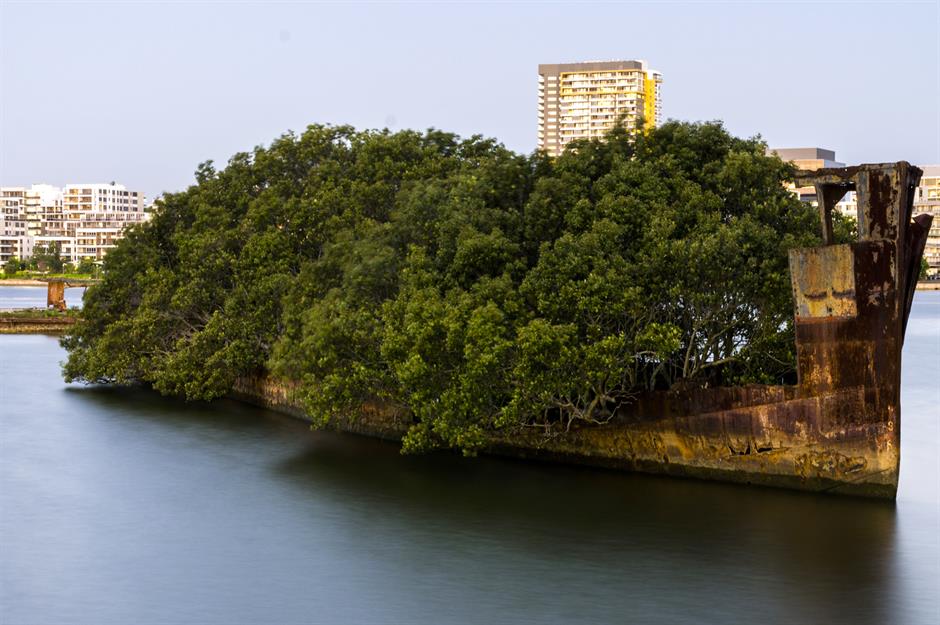
Many of these once mighty freighters lie wrecked beneath the water’s surface but the SS Ayrfield, first commissioned in 1911, miraculously stayed afloat. Though its stern is red with rust and near busted by tree trunks, the ship remains above water today.
Tarban Creek Asylum, Australia
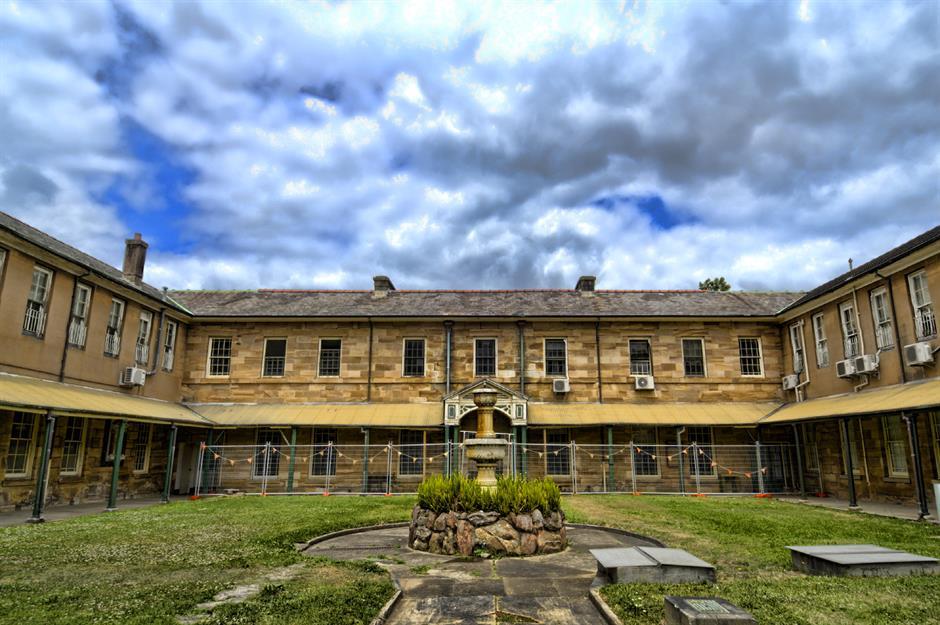
Tarban Creek Asylum, Australia
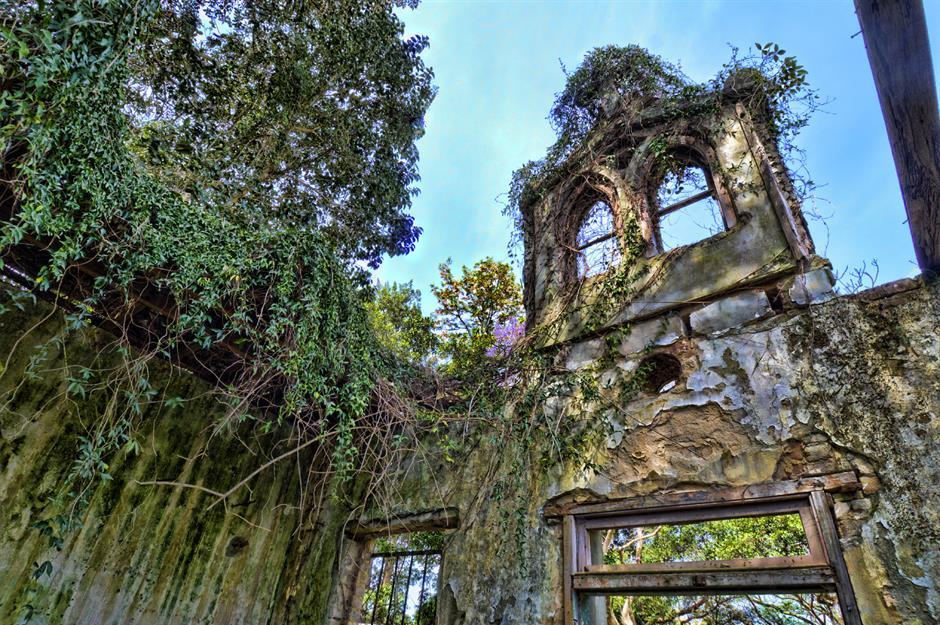
Paronella Park, Australia

Paronella Park, Australia
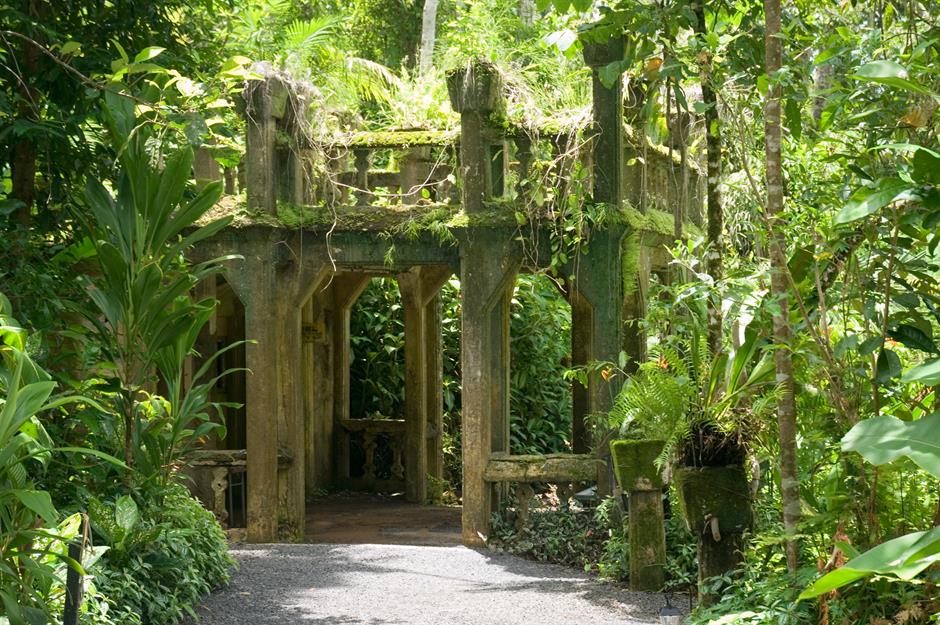
José sadly passed away in the 1940s and by the 1970s, the park had been sold outside the family. A devastating fire, as well as several cyclones, also ripped through the castle, leaving it in a decrepit state. Now preservation work has been carried out by the current owners and tourists still come to marvel at the castle's shell and wander the leafy grounds.
North Brother Island, USA
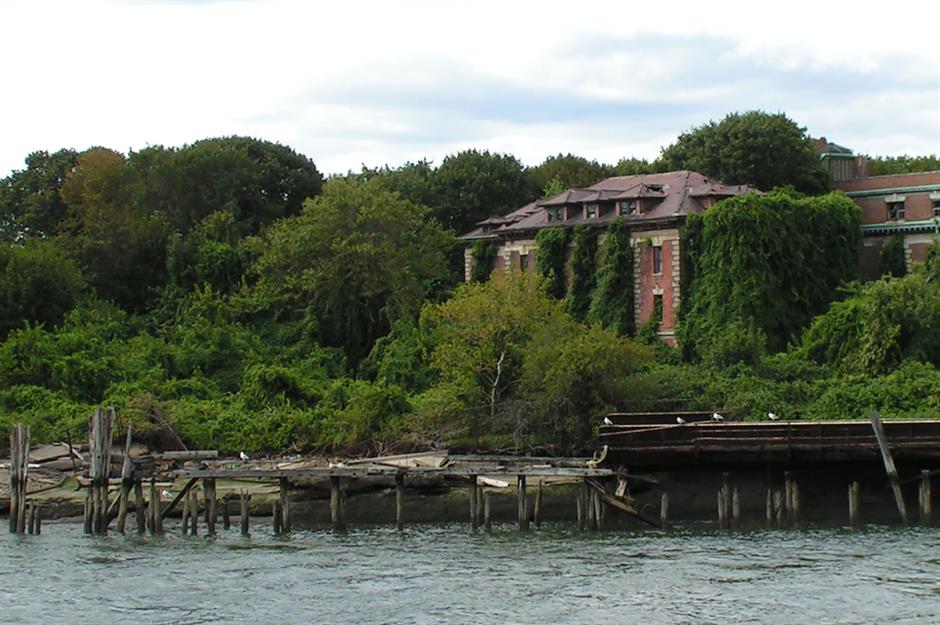
North Brother Island, USA
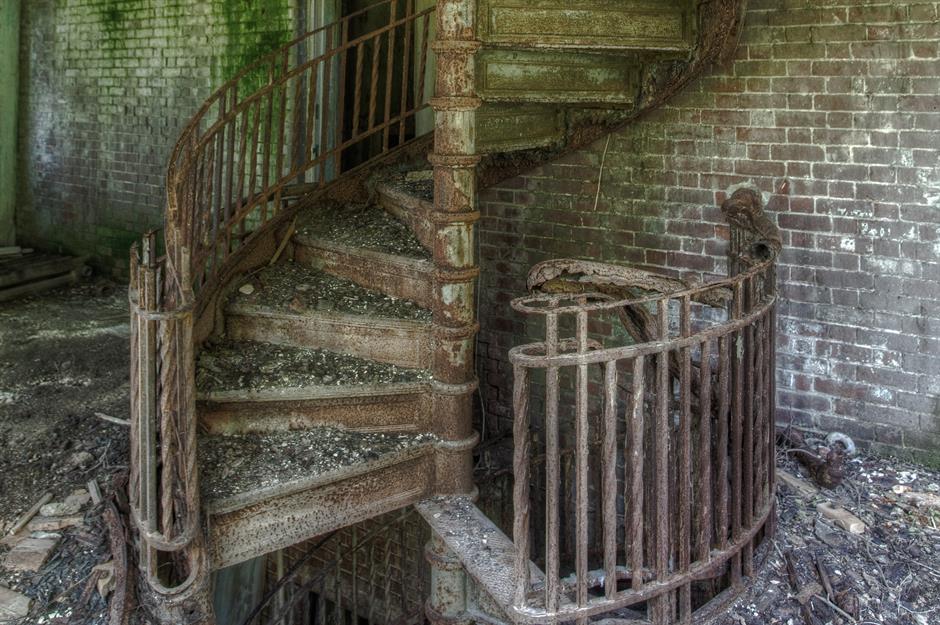
St Dunstan's in the East, England

St Dunstan's in the East, England
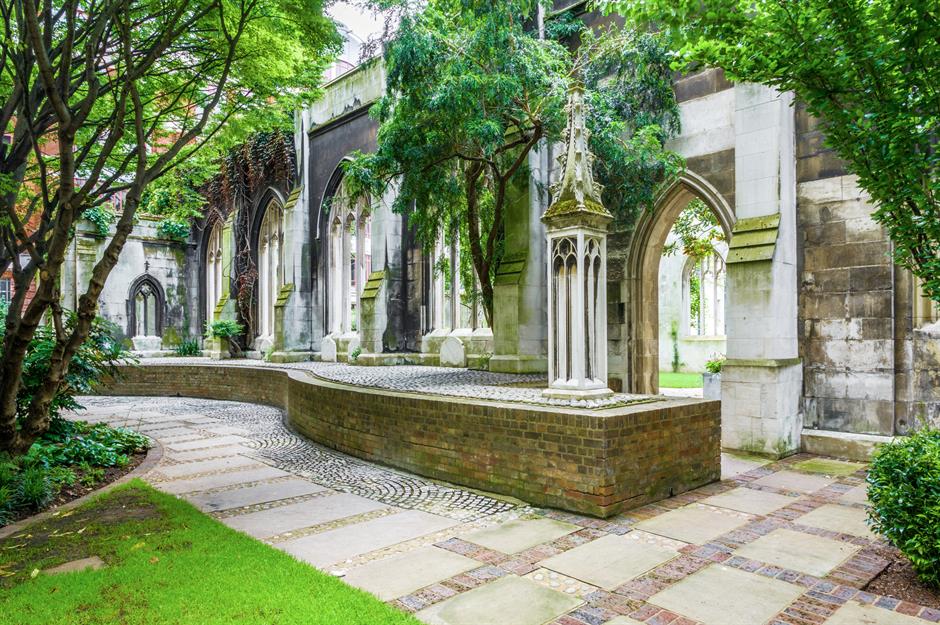
Pompeii, Italy
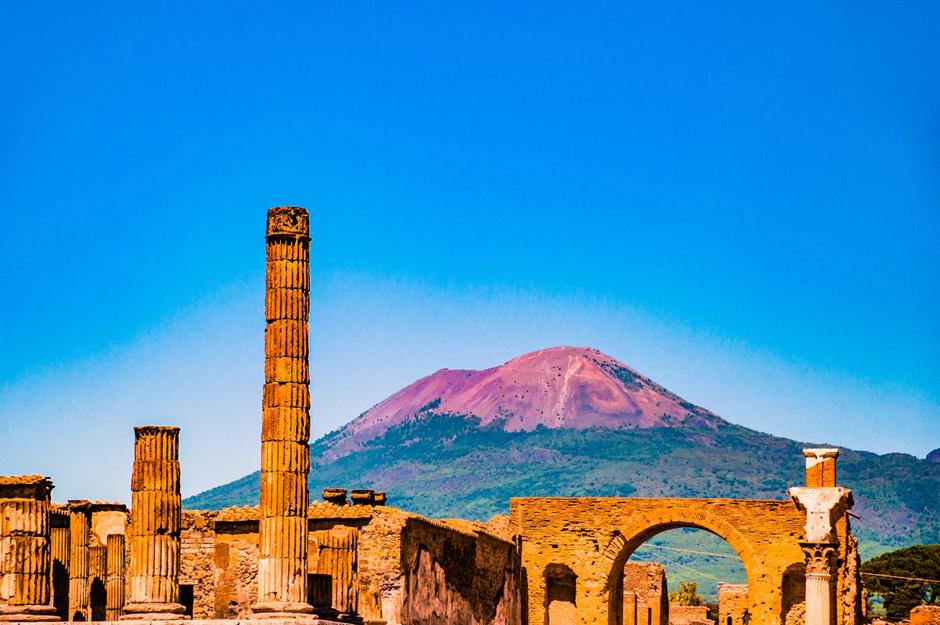
Pompeii, Italy
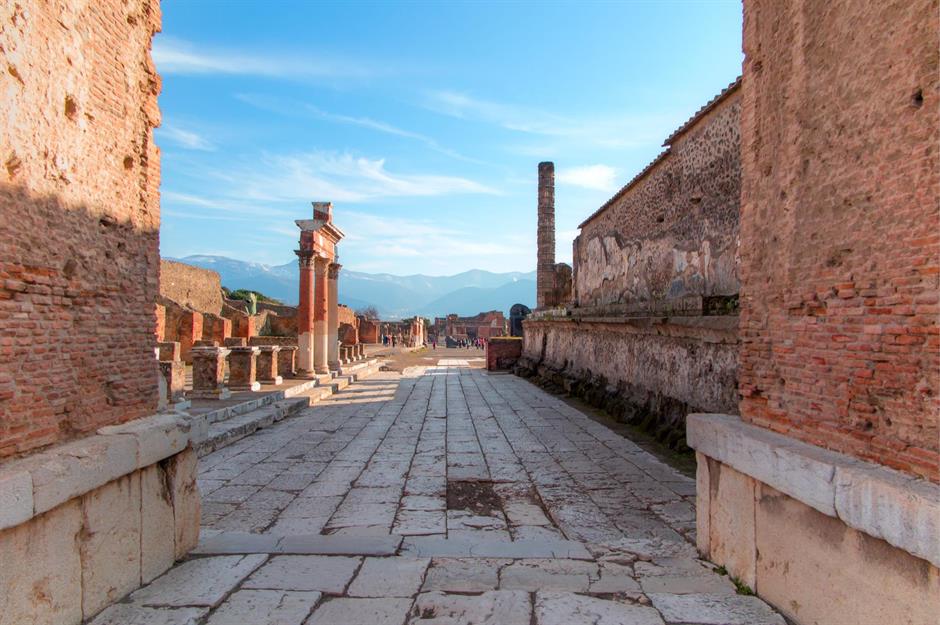
Preserved by the volcanic ash and debris, the city remained incredibly intact and has helped archaeologists learn a great deal about Roman society and everyday life. The site is enormous – you could spend days exploring its streets and buildings (villas, baths, gardens, temples, brothels and amphitheatres) – and the wealth of artefacts, mosaics, statues and frescoes that survived despite the cataclysmic event is astounding. It's thought that between 12,000 and 15,000 people lived here.
Incredible Pompeii secrets that are only just being uncovered
Herculaneum, Italy

Herculaneum, Italy
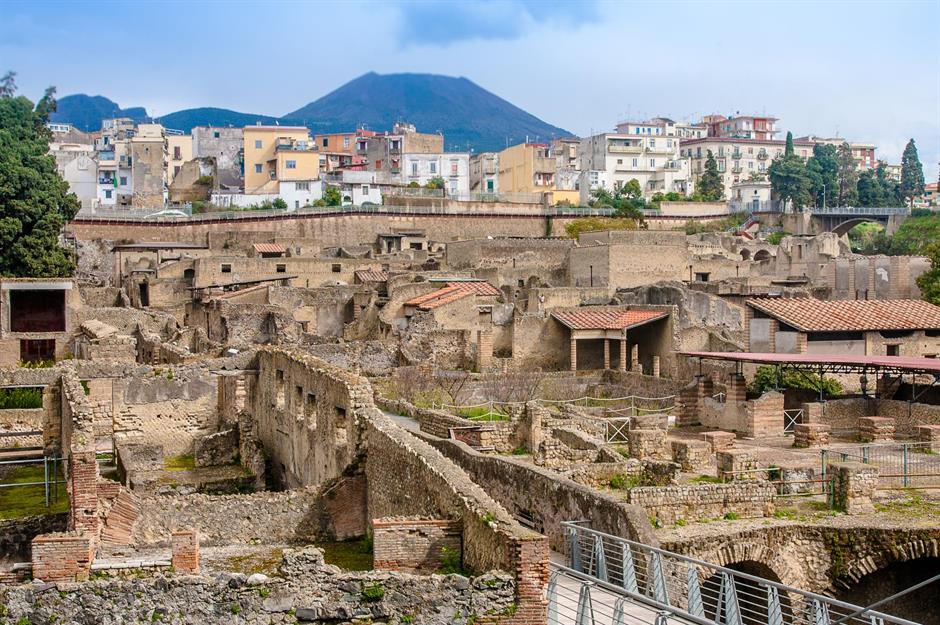
Akrotiri, Santorini, Greece
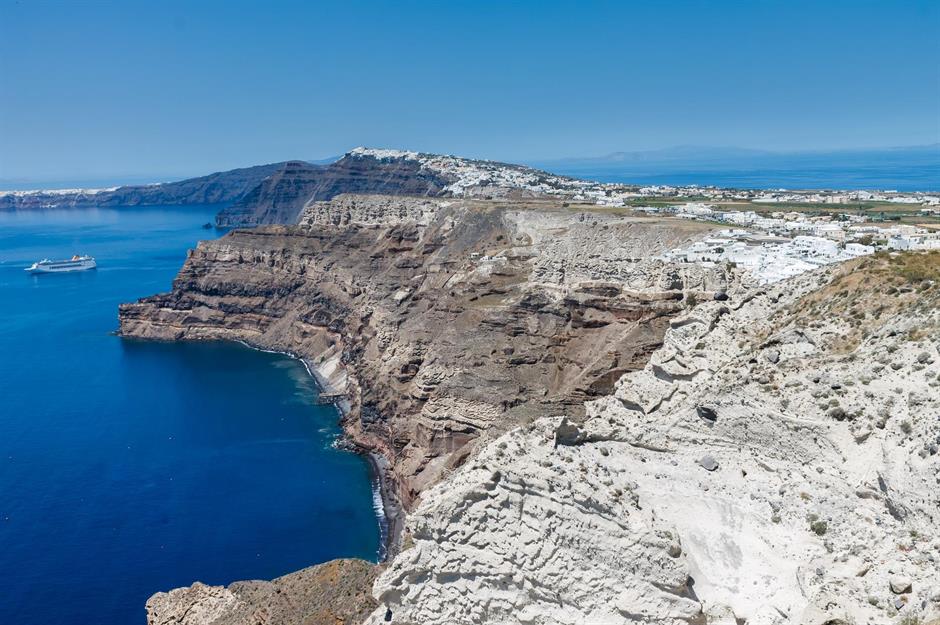
Akrotiri, Santorini, Greece
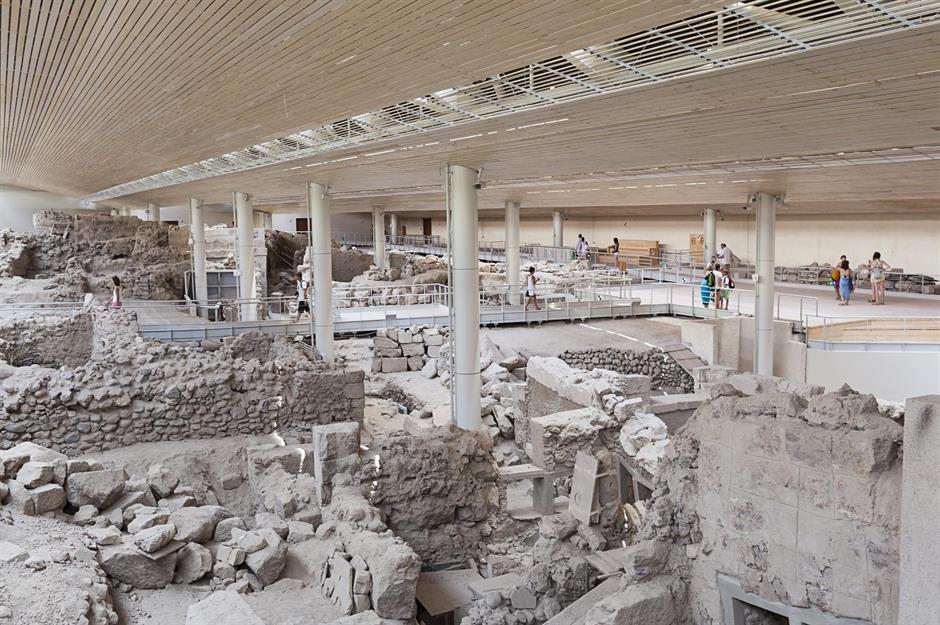
The well-preserved ruins of this prosperous Minoan city (Akrotiri was an outpost of Crete) can be found on the southern tip of Santorini and have provided a fascinating insight into prehistoric civilisations. Some believe Akrotiri's disappearance inspired the myth of the lost city of Atlantis – Plato’s story of the cataclysmic destruction of an ancient civilisation.
Knossos, Crete, Greece
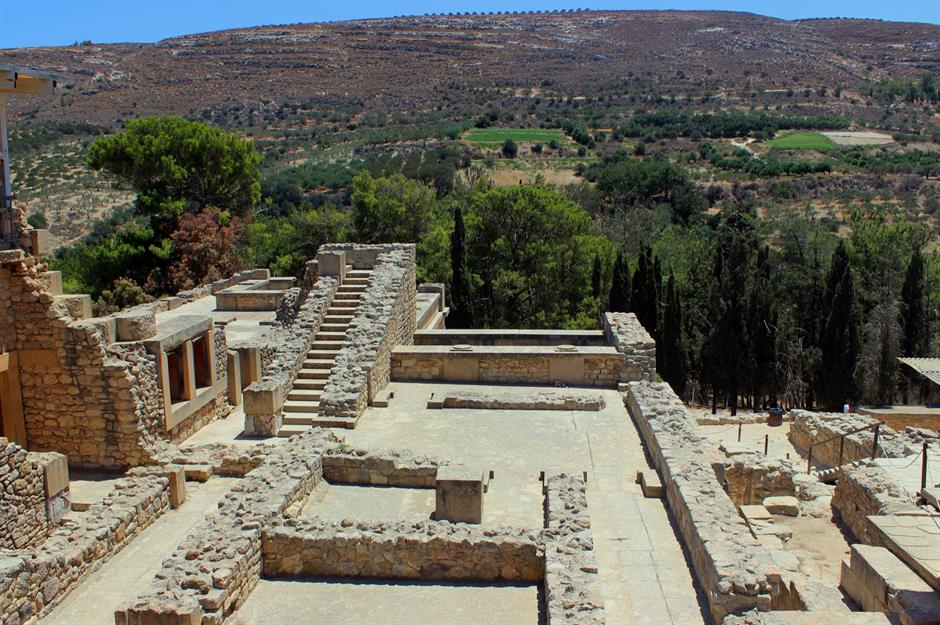
Knossos, Crete, Greece
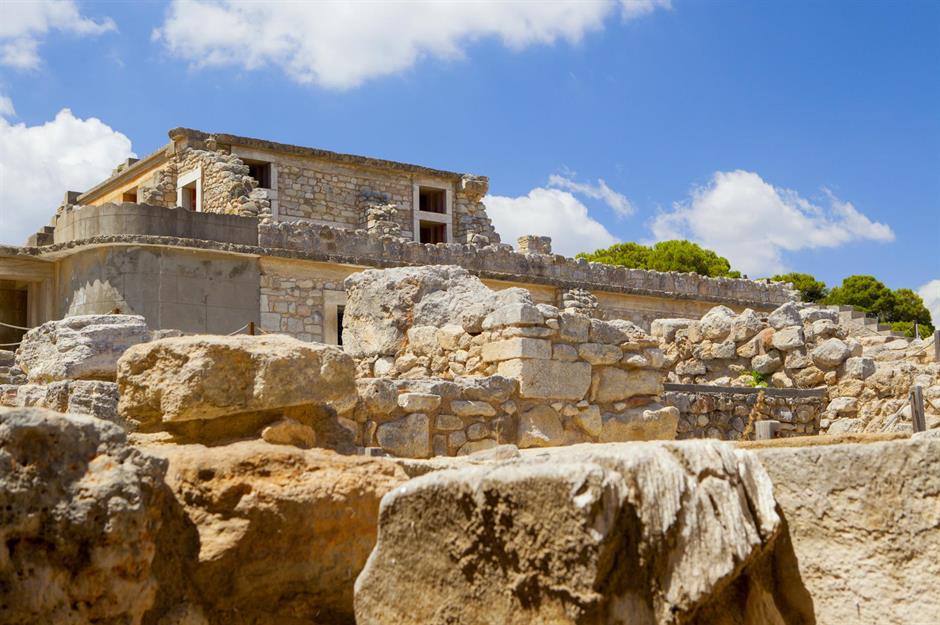
Skara Brae, Orkney, Scotland
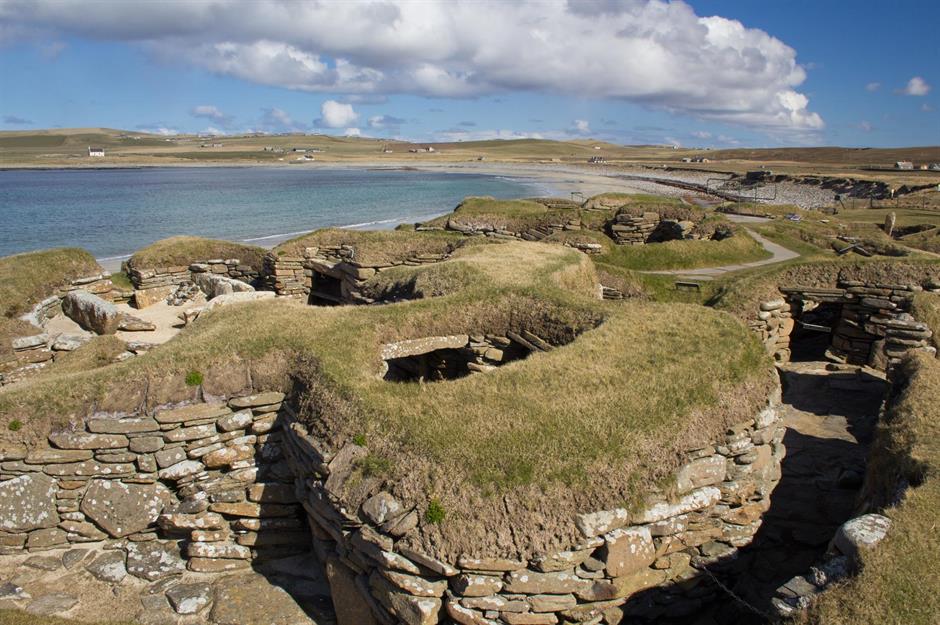
Skara Brae, Orkney, Scotland
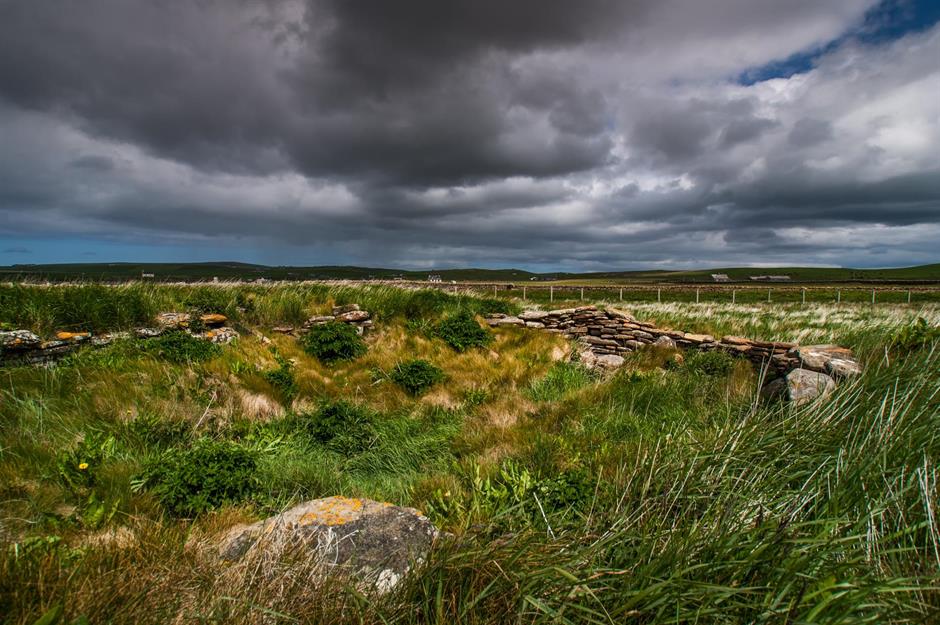
Today these structures are considered the best-preserved group of prehistoric houses in western Europe. They give a fascinating insight into the everyday lives of the farmers, fishermen and hunters who lived in this once-thriving village. Remarkably you can still see their stone dressers and beds while the visitor centre has an amazing collection of artefacts including gaming dice, hand tools, pottery, jewellery and carved stone objects, probably used in religious rituals. Sadly, there are fears that Skara Brae could once again be lost to us as climate change threatens more severe and frequent storms, and rising sea levels could damage the site.
More of the world's landmarks under threat from climate change
Petra, Jordan
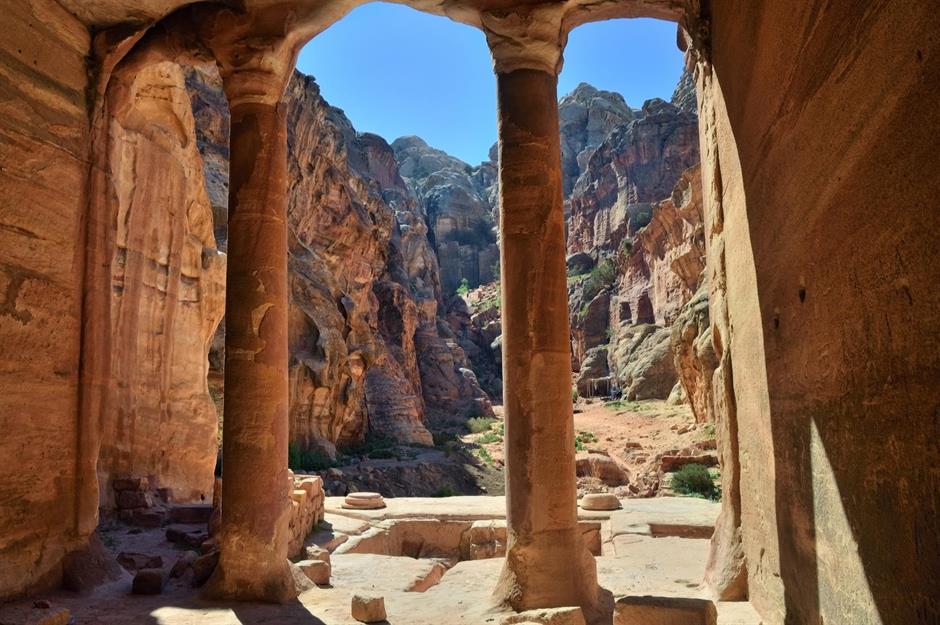
Petra, Jordan
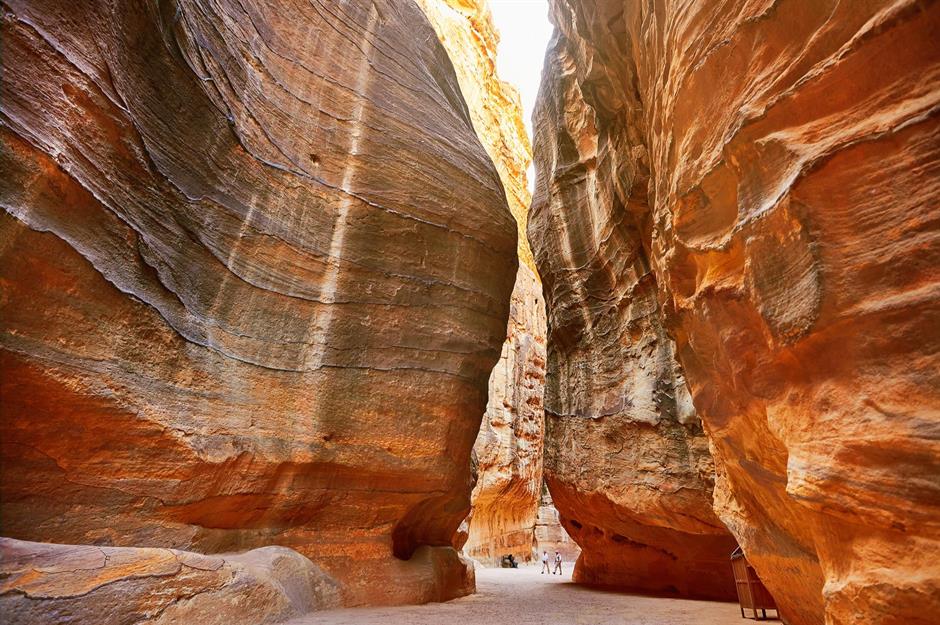
The towering structures carved into the rose-coloured sandstone cliffs have made this lost city one of the world’s most intriguing archaeological sites. Entrance is via the awe-inspiring Siq – a mile-long narrow gorge that emerges onto the Treasury, the city’s most famous monument. Petra was declared a UNESCO World Heritage Site in 1985 and also named as one of the "New7Wonders" of the world. It’s thought much of the city is yet to be excavated.
The Lighthouse of Alexandria, Egypt
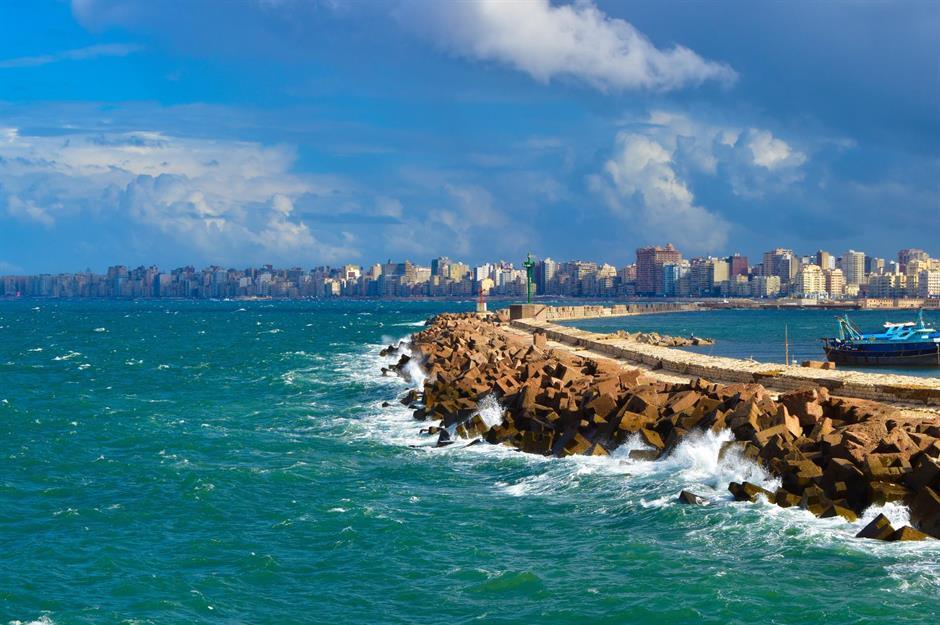
The Lighthouse of Alexandria, Egypt
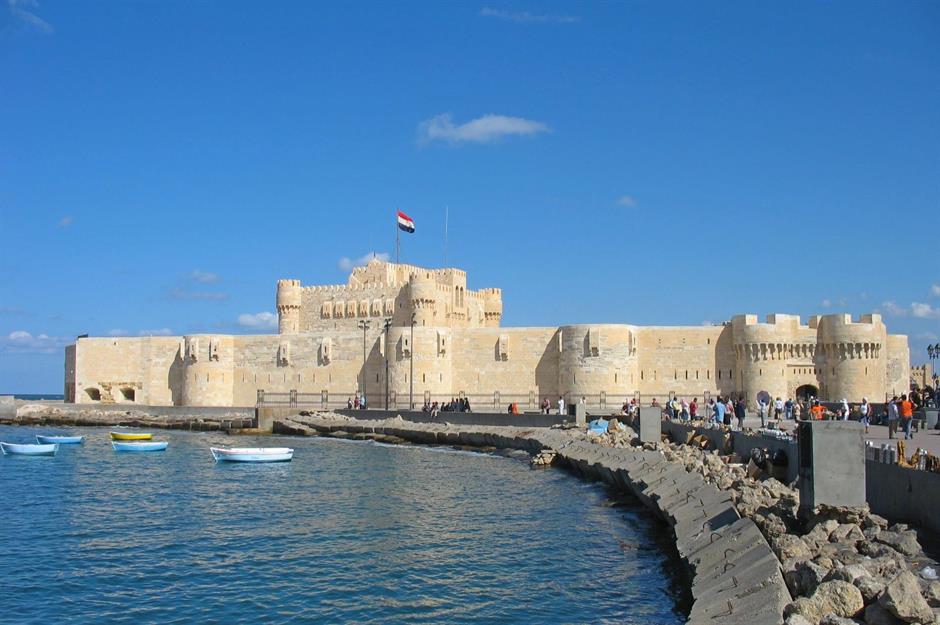
It dominated the Mediterranean coast for centuries until it was damaged irreparably by earthquakes. It was then demolished in 1480 to make way for the Citadel of Qaitbay. Some stones from the Lighthouse were used in the construction of the medieval fort which still stands on the site. Further remains have since been discovered on the floor of Alexandria’s harbour along with other remains of the ancient metropolis.
This is what the Seven Wonders of the Ancient World would look like today
The Colossus of Rhodes, Greece
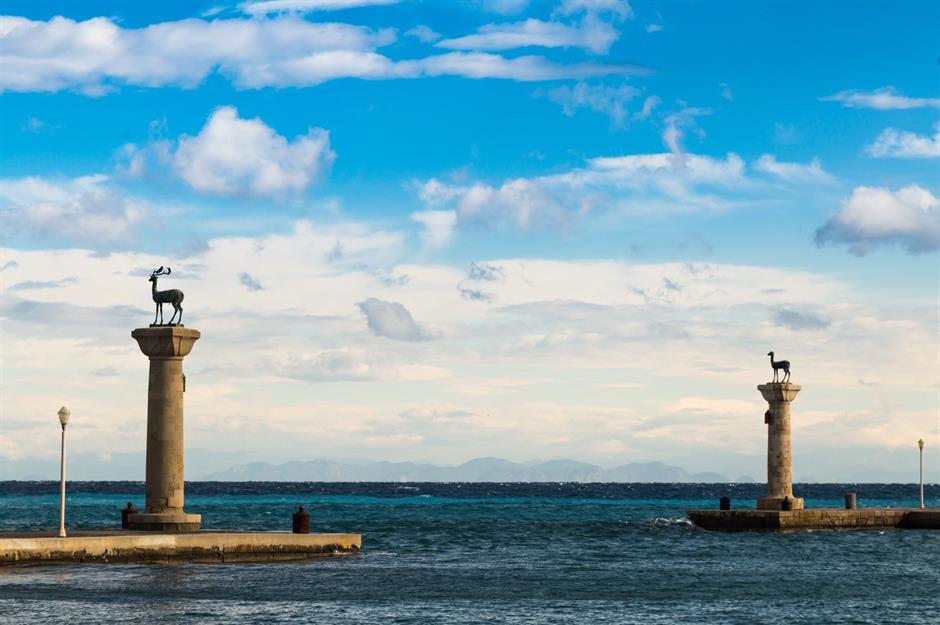
The Colossus of Rhodes, Greece
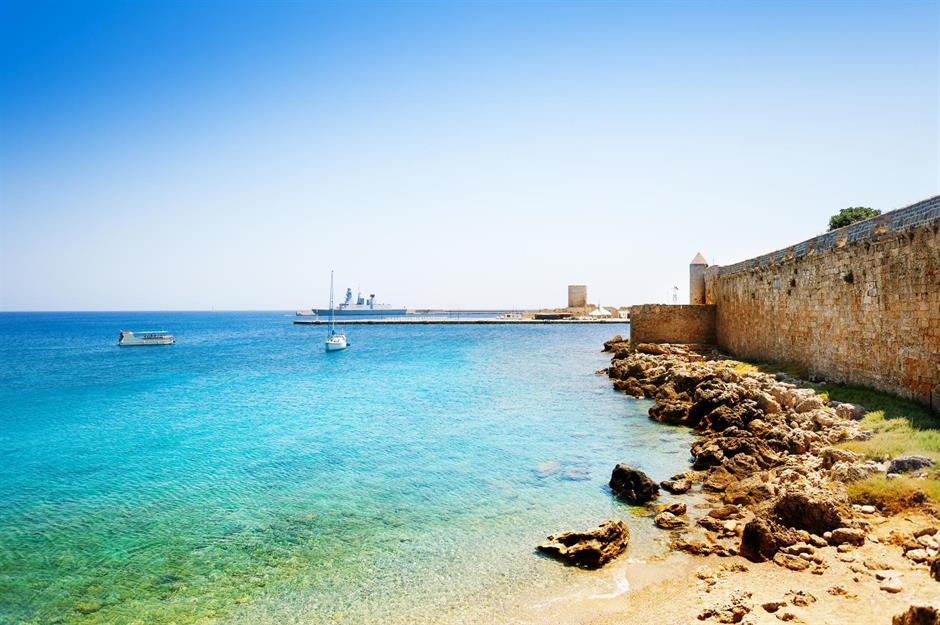
Mausoleum at Halicarnassus, Turkey
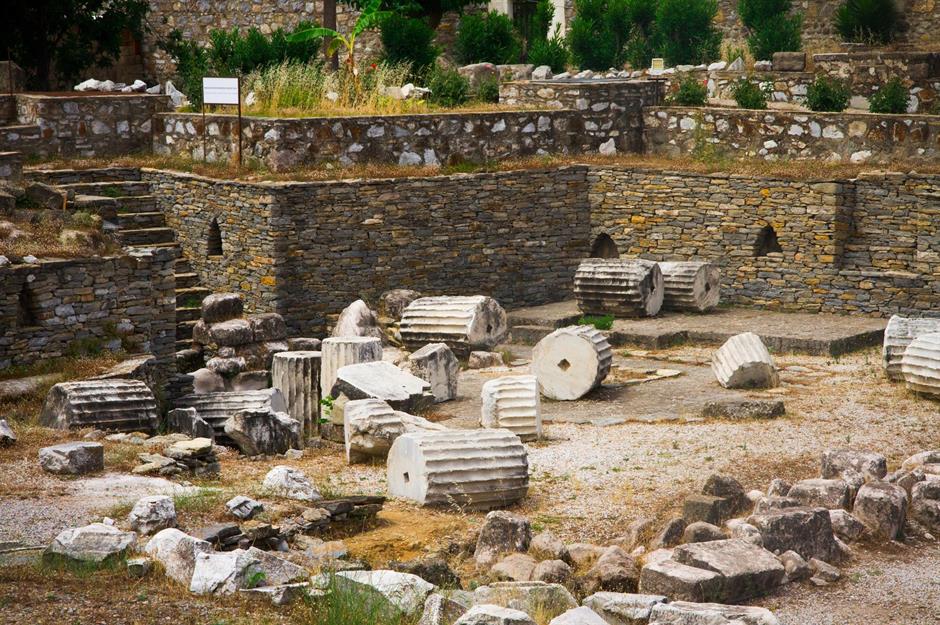
Mausoleum at Halicarnassus, Turkey
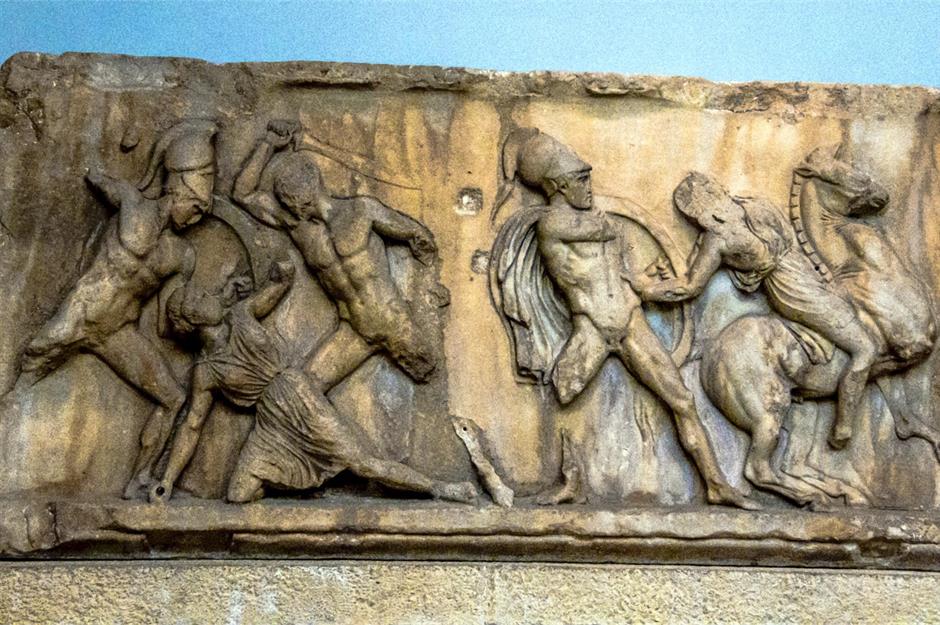
Arg-e-Bam, Iran
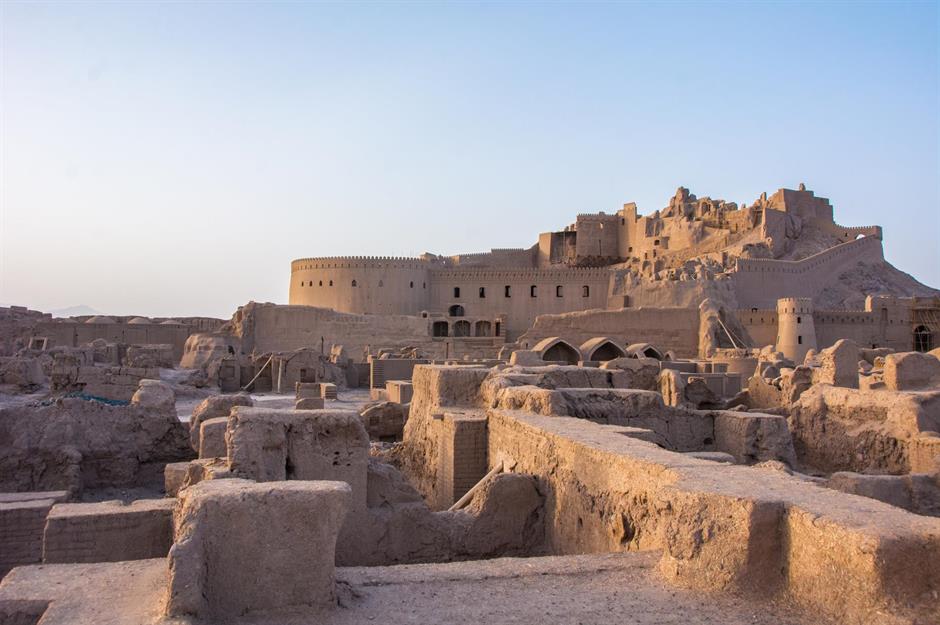
Arg-e-Bam, Iran

Port Royal, Jamaica
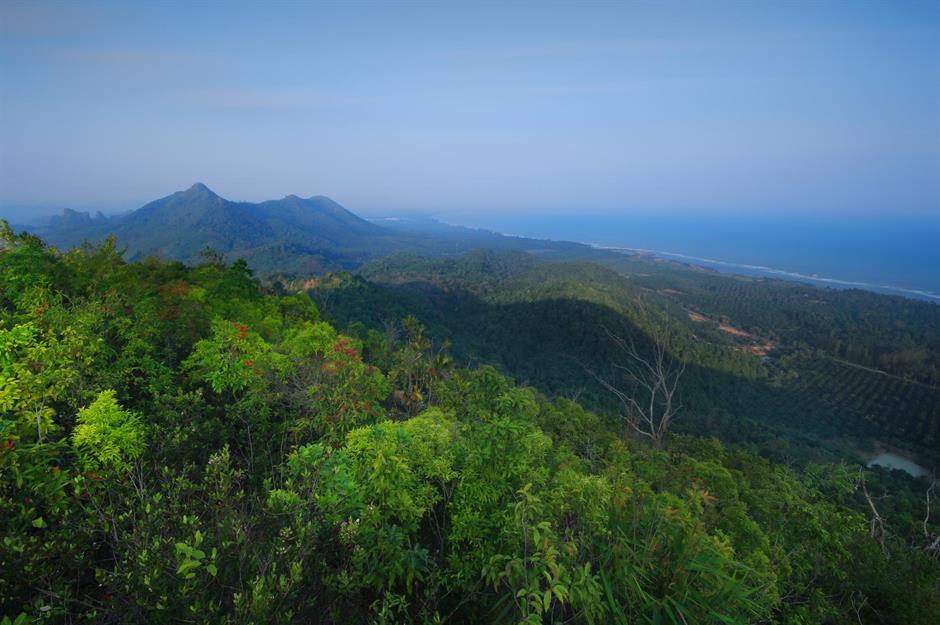
Port Royal, Jamaica
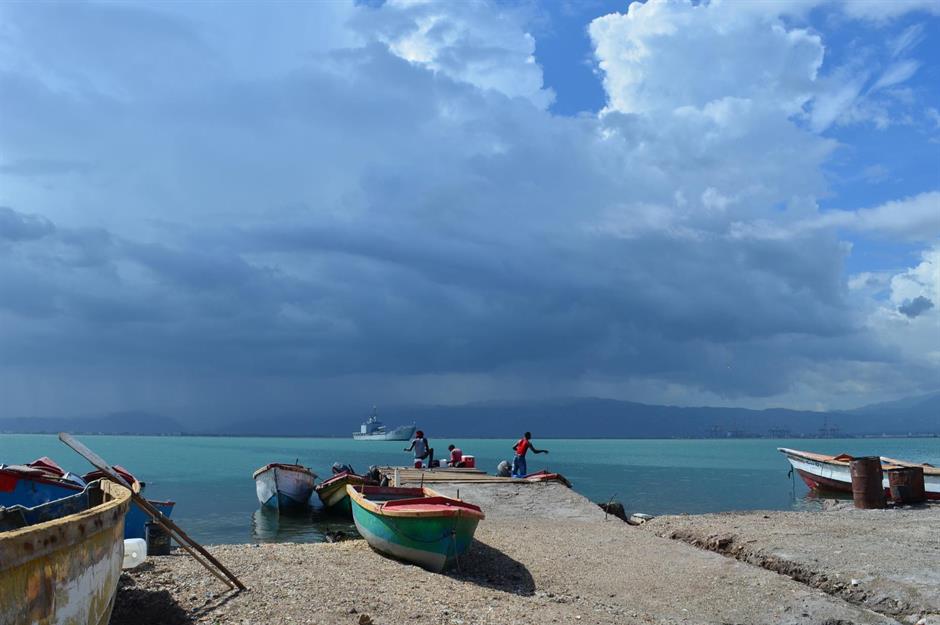
The port never regained its status, becoming a British naval station then slipping into life as a sleepy fishing village. In 1969, underwater archaeology pioneer Edwin Link discovered a pocket watch which revealed the exact time the city was sent to its watery death – it had stopped at 11:43. Many of the 17th-century buildings remain intact underneath the waves. Now a UNESCO World Heritage Site, Port Royal's lost city is considered one of the world’s most important underwater locations.
Phnom Kulen, Cambodia
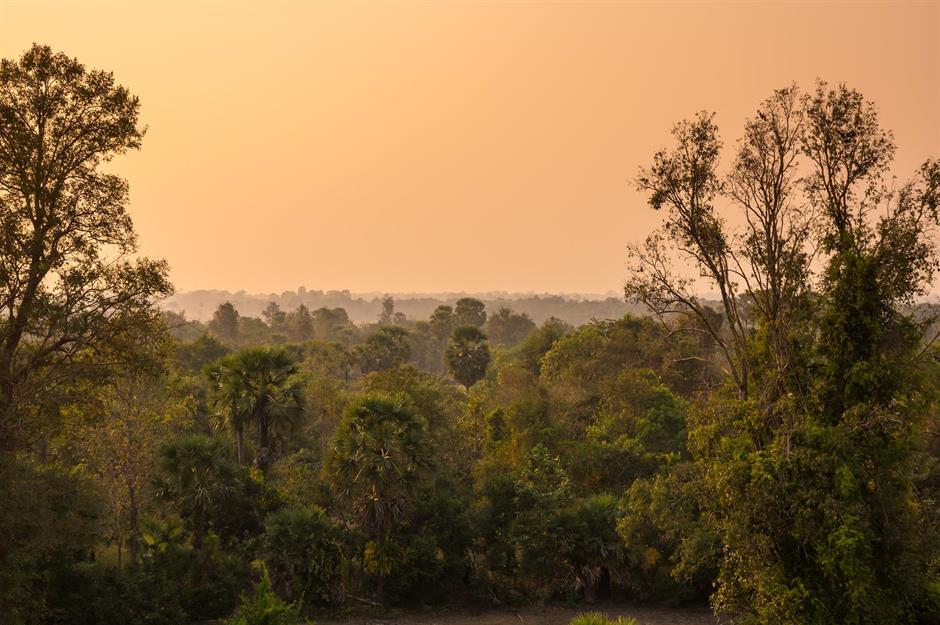
Phnom Kulen, Cambodia
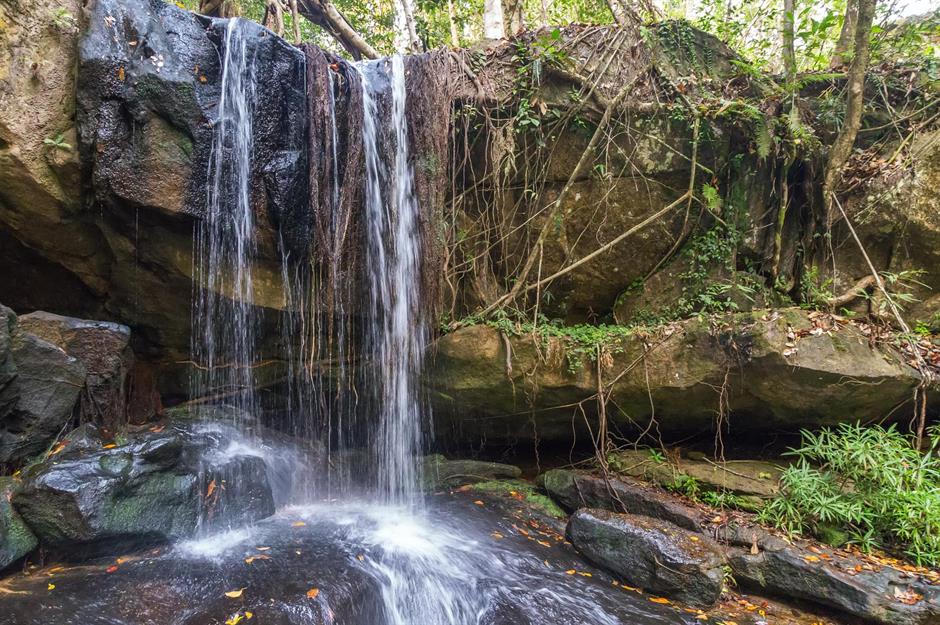
Beng Mealea, Cambodia
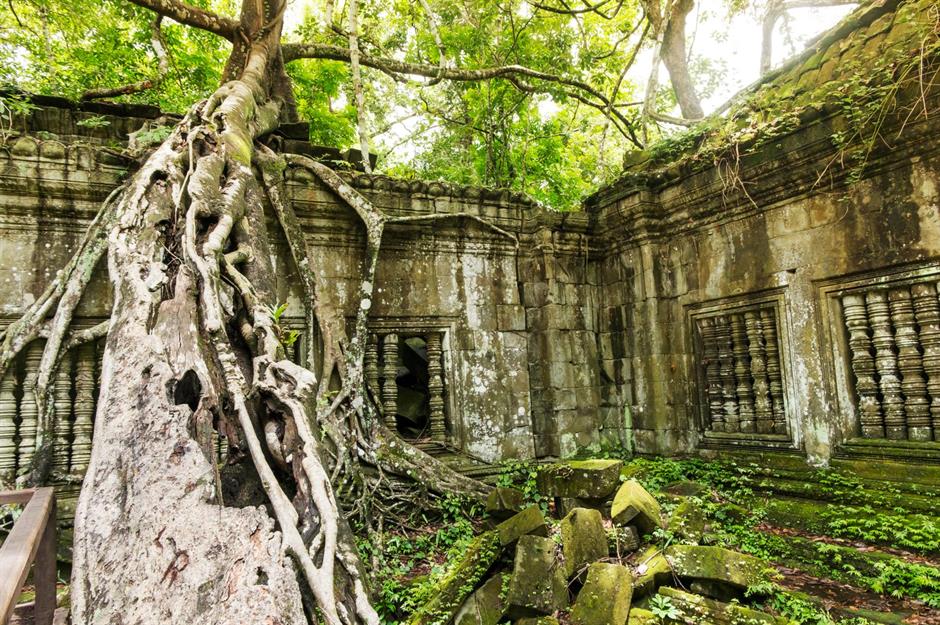
Ani, Turkey

Ani, Turkey
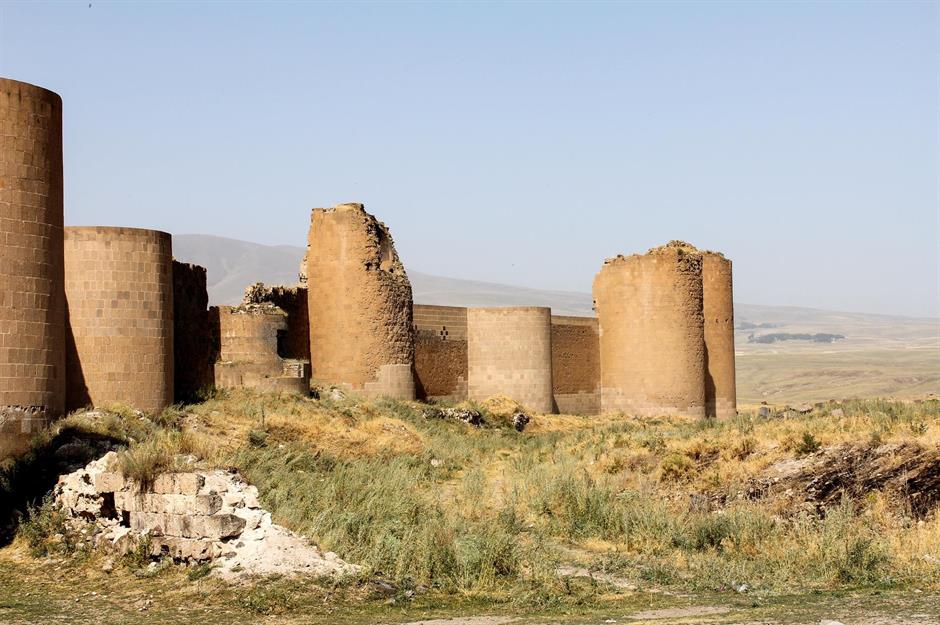
Sabratha, Libya
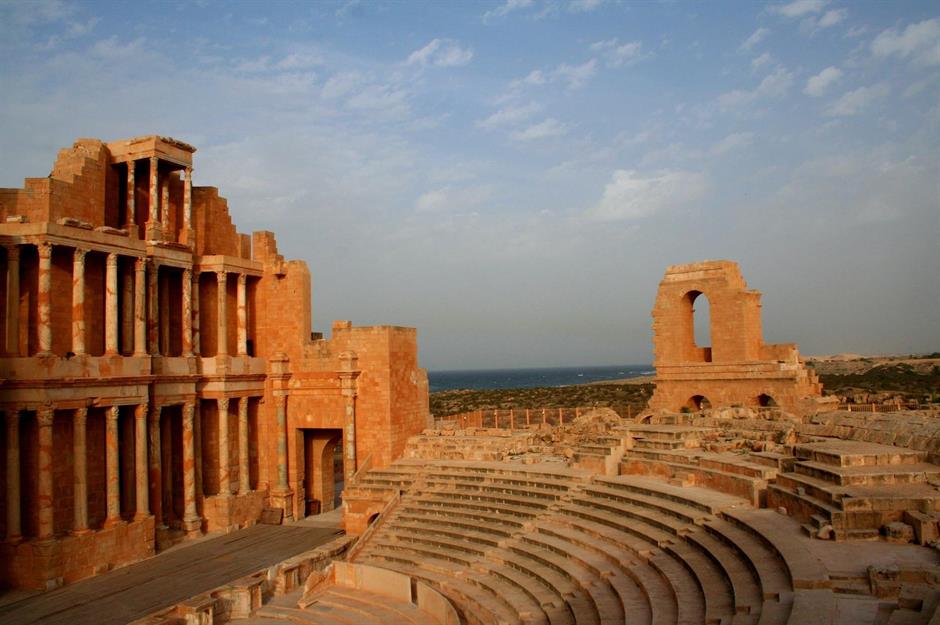
Founded by the Phoenicians on Libya’s Mediterranean coastline around the 4th century BC, this ancient trading post later fell under Roman rule. Sabratha's stunning seaside amphitheatre with its grand three-storey backdrop is a legacy of this. It’s remarkably well-preserved considering the city has been struck with several earthquakes – the most devastating one in AD 365.
These are Roman ruins around the world you probably don't know about
Sabratha, Libya
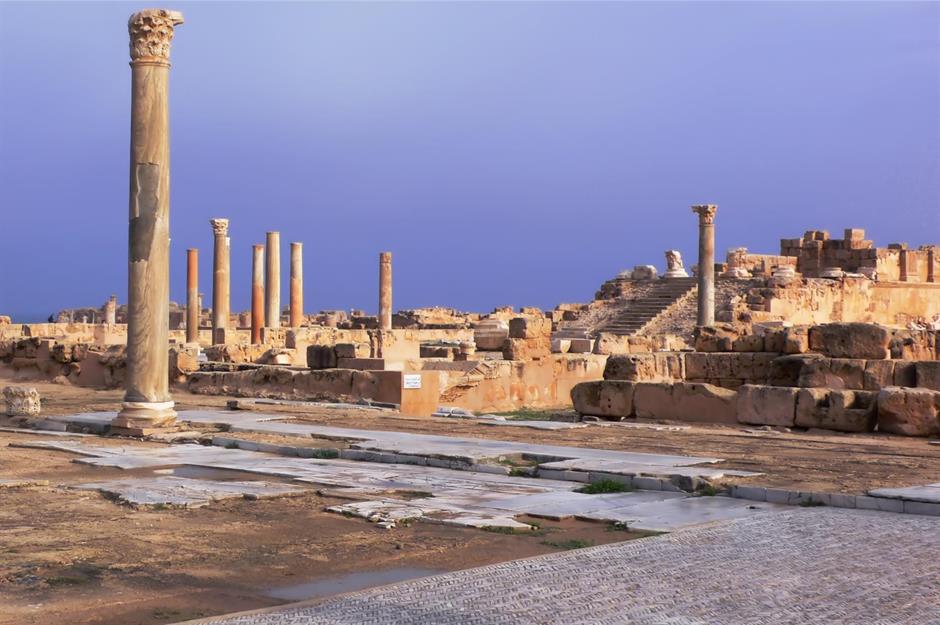
After the earthquake, the city was rebuilt by its Byzantine governors but it never regained its magnificence. Today the site, which includes a Roman forum, baths and temples, is threatened once again by nature – coastal erosion is an ongoing problem. Sadly, Sabratha was also one of five UNESCO World Heritage Sites in Libya placed on the List of World Heritage in Danger because of damage caused by conflict and the further threat posed.
Kolmanskop, Namibia
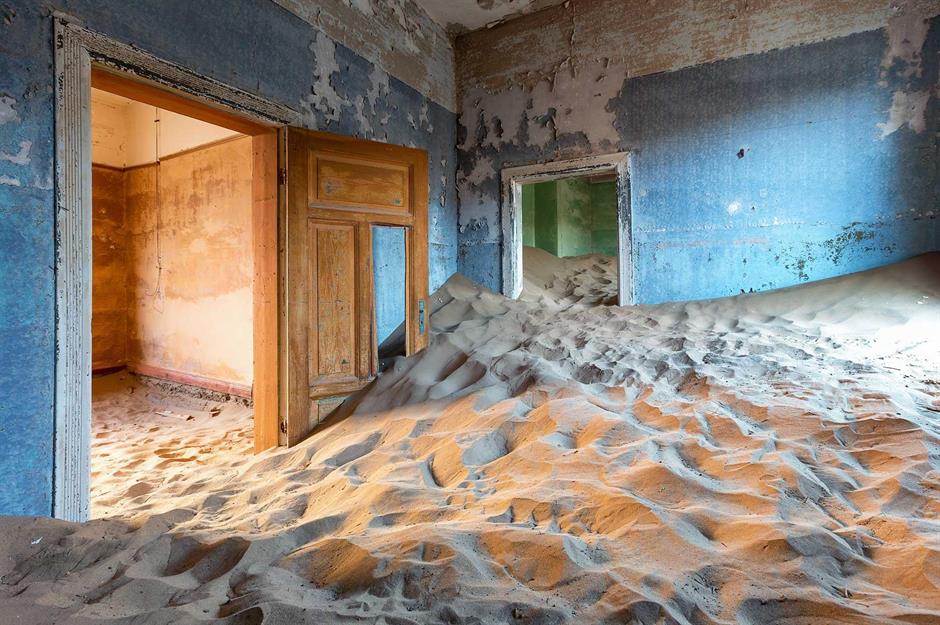
Kolmanskop, Namibia
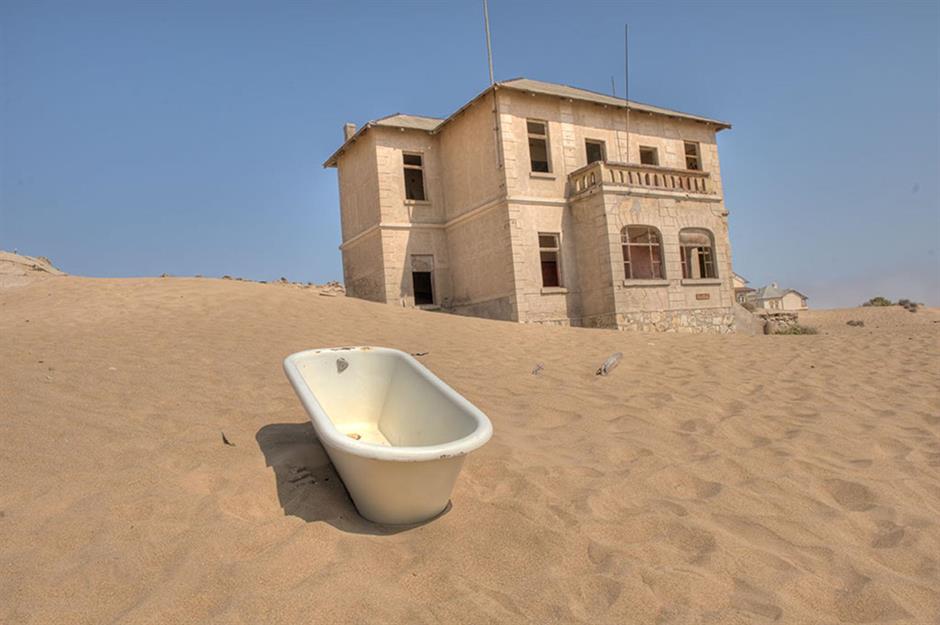
Glenrio, New Mexico/Texas USA

Glenrio, New Mexico/Texas USA

Houtouwan, China
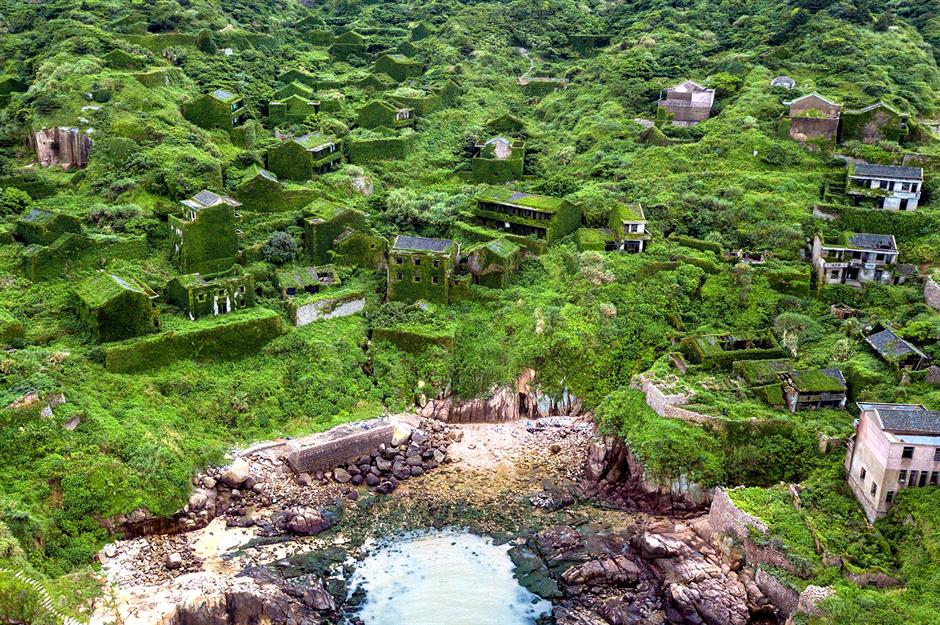
Originally a thriving fishing village, this abandoned settlement on China's Shengshan Island is now entirely at the mercy of Mother Nature. The population once totalled more than 2,000 people, but the remote location presented a challenge for the town's inhabitants. Competition from Shanghai's fishing industry (40 miles/64km away) ultimately sealed Houtouwan's fate. Through the 1990s, the village began leaking residents and, by the early 2000s, it was almost completely deserted.
More incredible photos of abandoned islands the world forgot
Houtouwan, China

Today almost every inch of Houtouwan is covered with green. Lush vegetation climbs the abandoned houses, many of which contain decaying furniture left behind by former inhabitants. The village has also become popular with adventurous tourists and keen photographers, who make the long journey to hike among the moss-covered hills, trees and vine-clad buildings.
Chippewa Lake Amusement Park, Ohio, USA
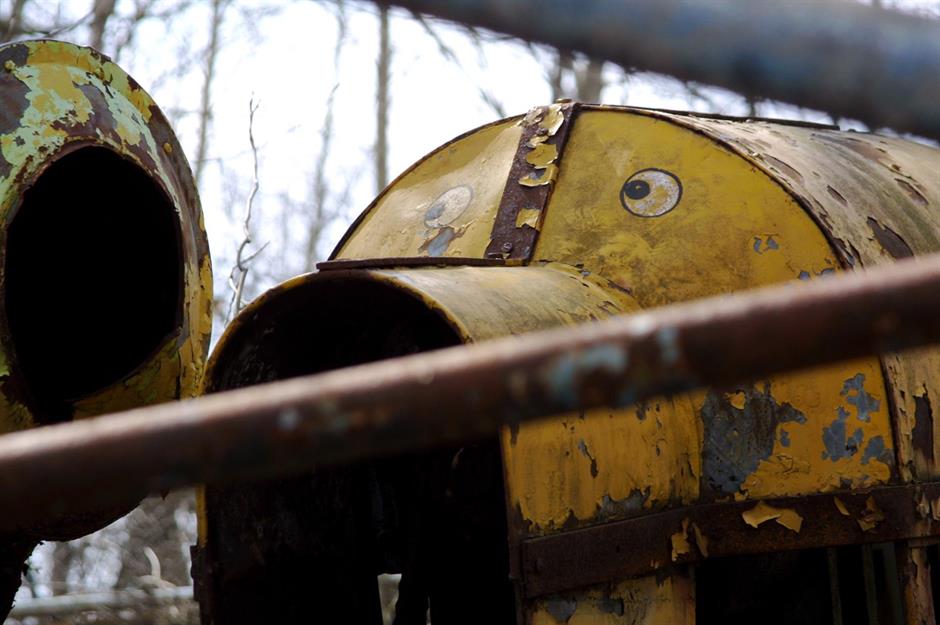
Chippewa Lake Amusement Park opened in 1878, and its story spans an entire century. It began as a humble resort with a ballroom, steamboat and a roller coaster that relied on manpower to reset it after every ride. But after the turn of the century, Chippewa was acquired by ambitious businessman Mac Beach. A Ferris wheel, a modern Big Dipper and a beloved Tumble Bug (pictured) joined the ranks, and fast-food shacks and vibrant ticket booths peppered the site. The Hotel Chippewa was another highlight, and the park established itself as a must-visit.
Chippewa Lake Amusement Park, Ohio, USA
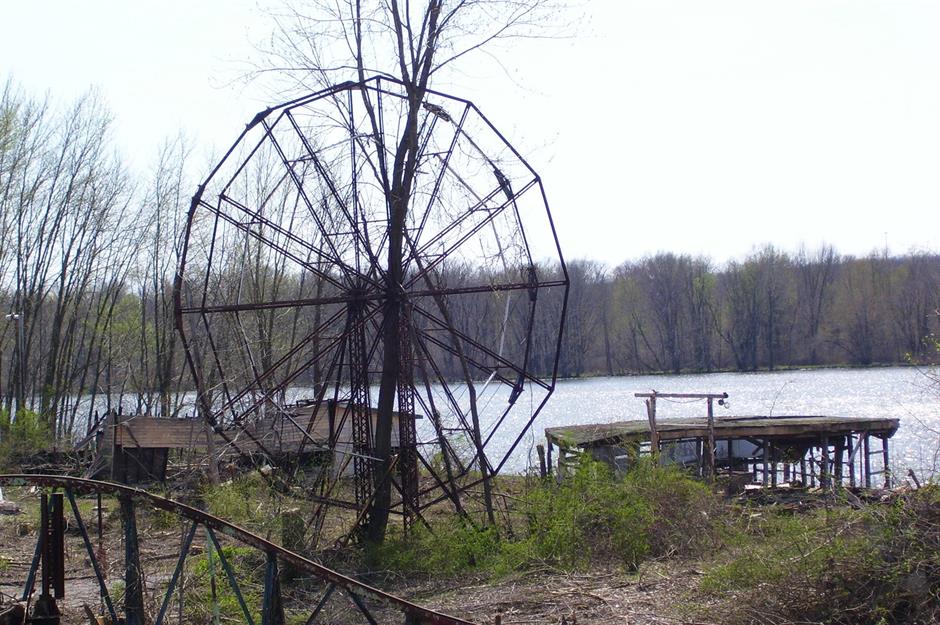
Eventually, an ageing Beach sold his park onto Continental Business Enterprises (CBE) in 1969 but despite an ambitious set of plans from the new owners, local interest dimmed. In 1978, CBE closed Chippewa Lake. Trees broke the backs of roller coasters and fell through the roofs of derelict ticket booths, and weeds forced their way into every crevice. The historic ballroom and hotel were eventually destroyed by fire. Though redevelopment plans have surfaced over the years, none have stuck – the site was chosen as the location for 2010 horror film Closed for the Season, but otherwise remains in disuse.
San Juan Parangaricutiro, Mexico
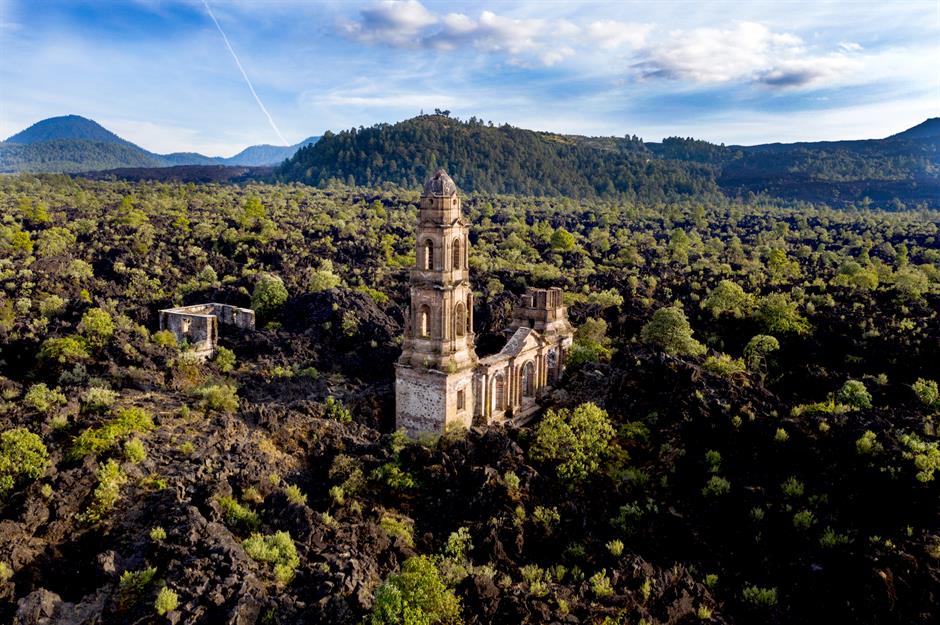
San Juan Parangaricutiro, Mexico
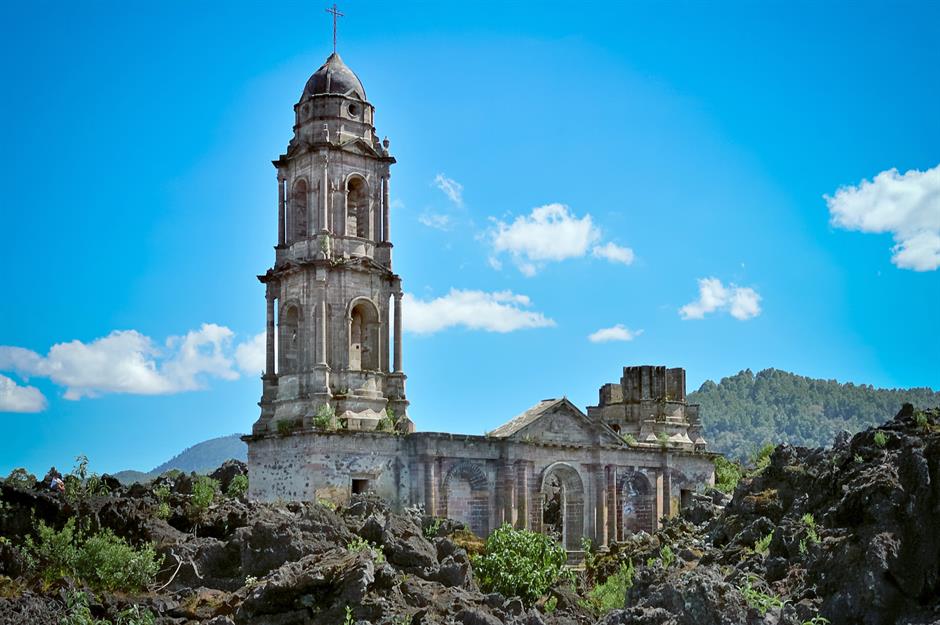
Though the villagers eventually erected a new church elsewhere, the original holy building still rises proudly from the volcanic landscape. Its facade is half-buried by the lava field and many locals believe the church's lucky escape was down to an act of God. Whatever the explanation, the breathtaking ruin is preserved for locals and hardy tourists alike, who can take in the structure on an independent or guided hike.
Now check out the world's most fascinating ghost towns you can visit
Comments
Be the first to comment
Do you want to comment on this article? You need to be signed in for this feature
Most Popular
Destinations The Seven Wonders of the Ancient World, rebuilt